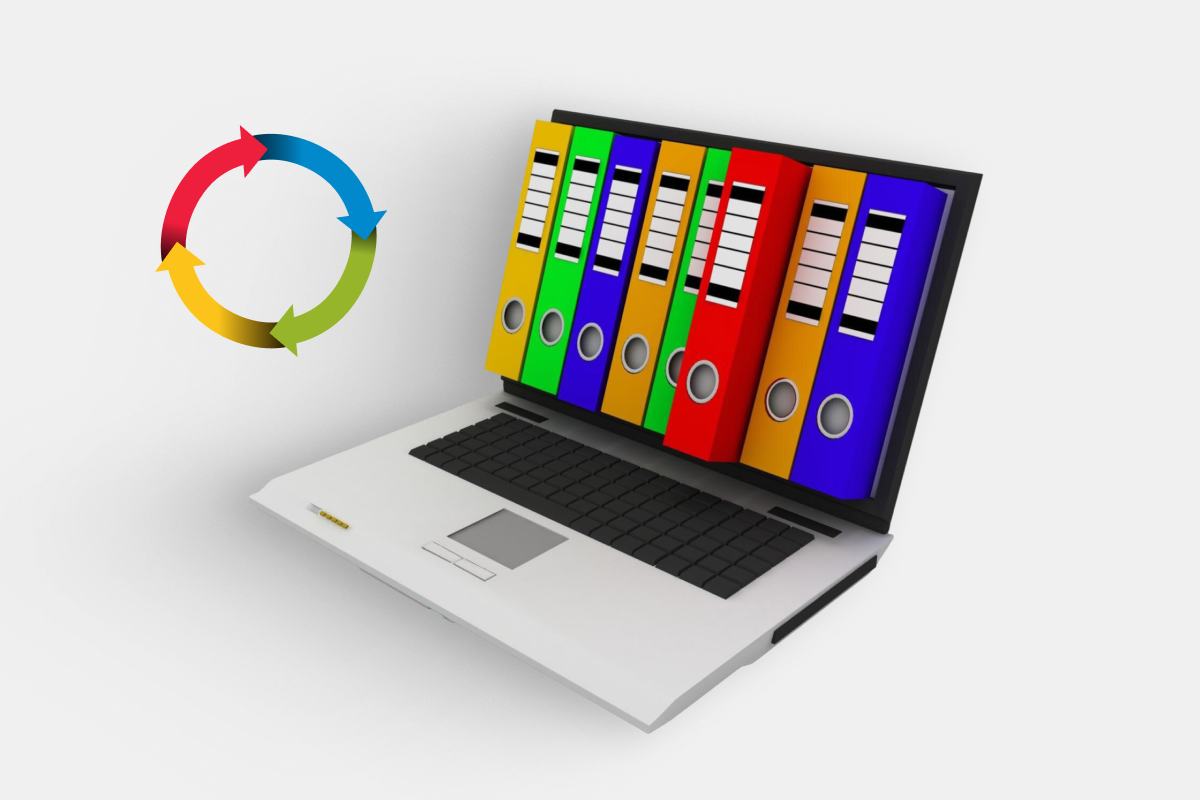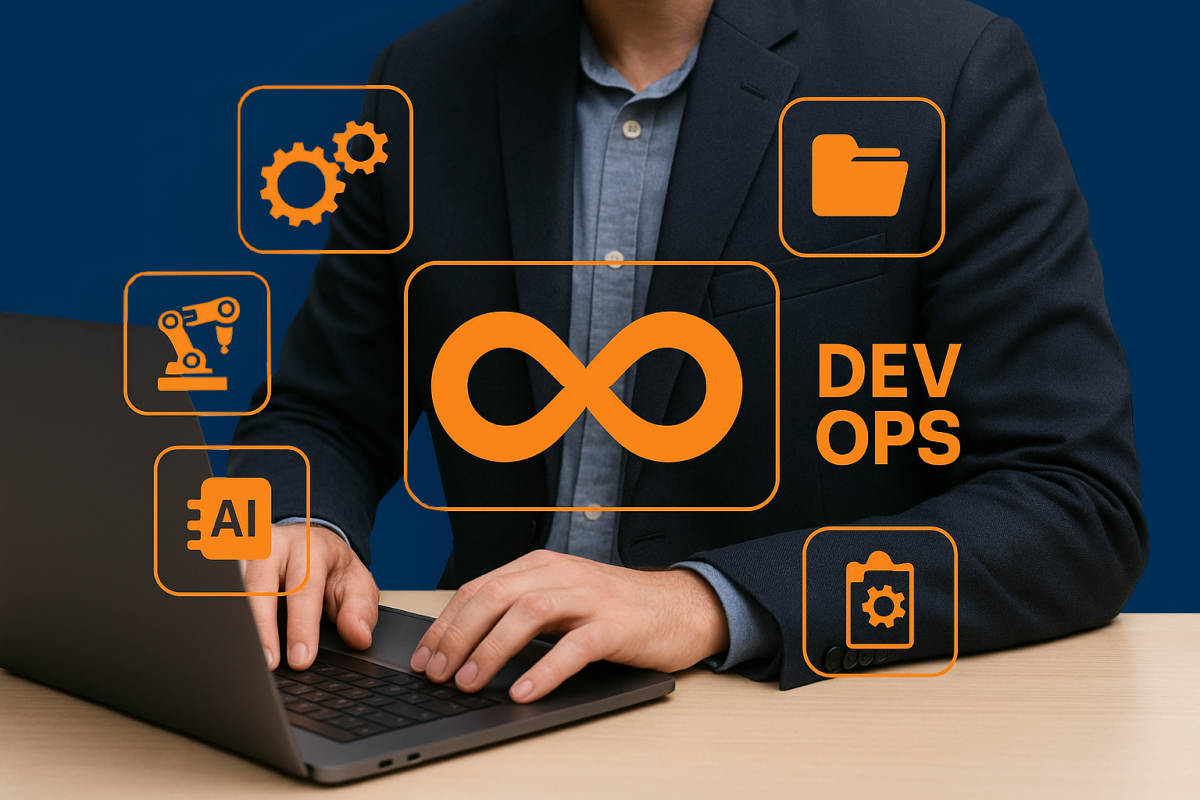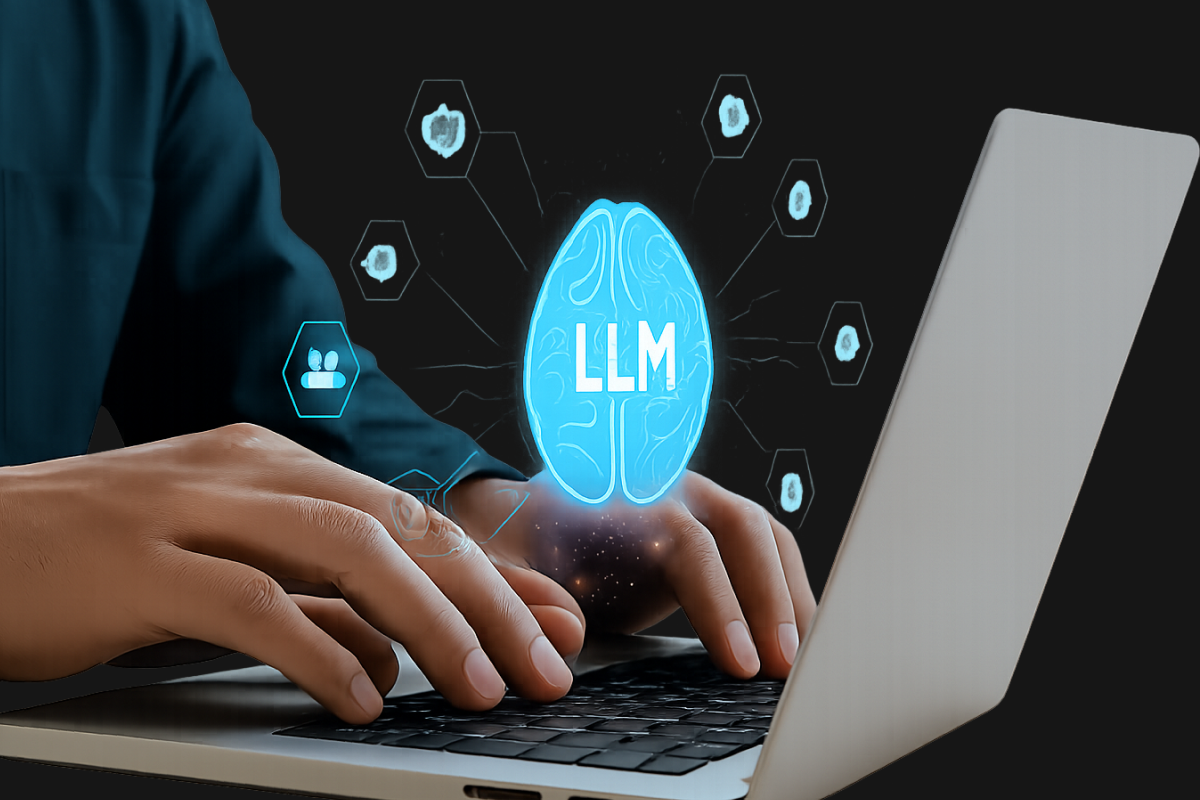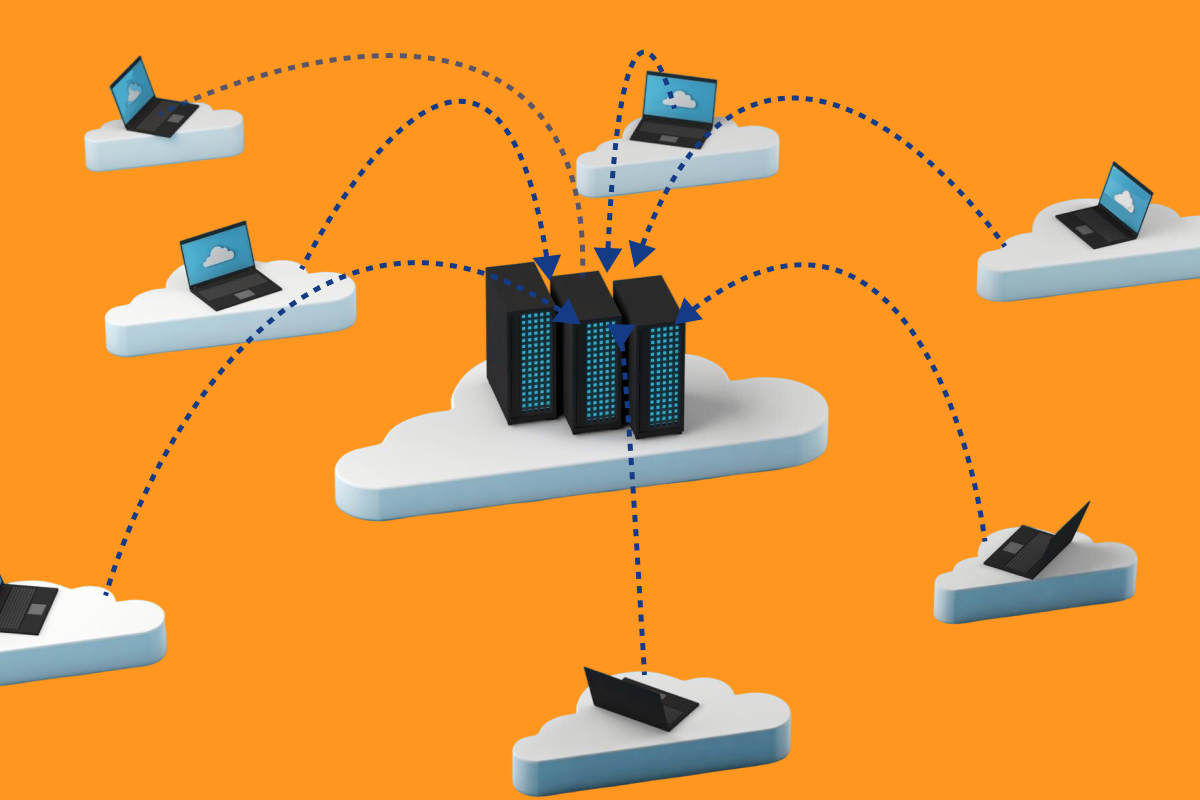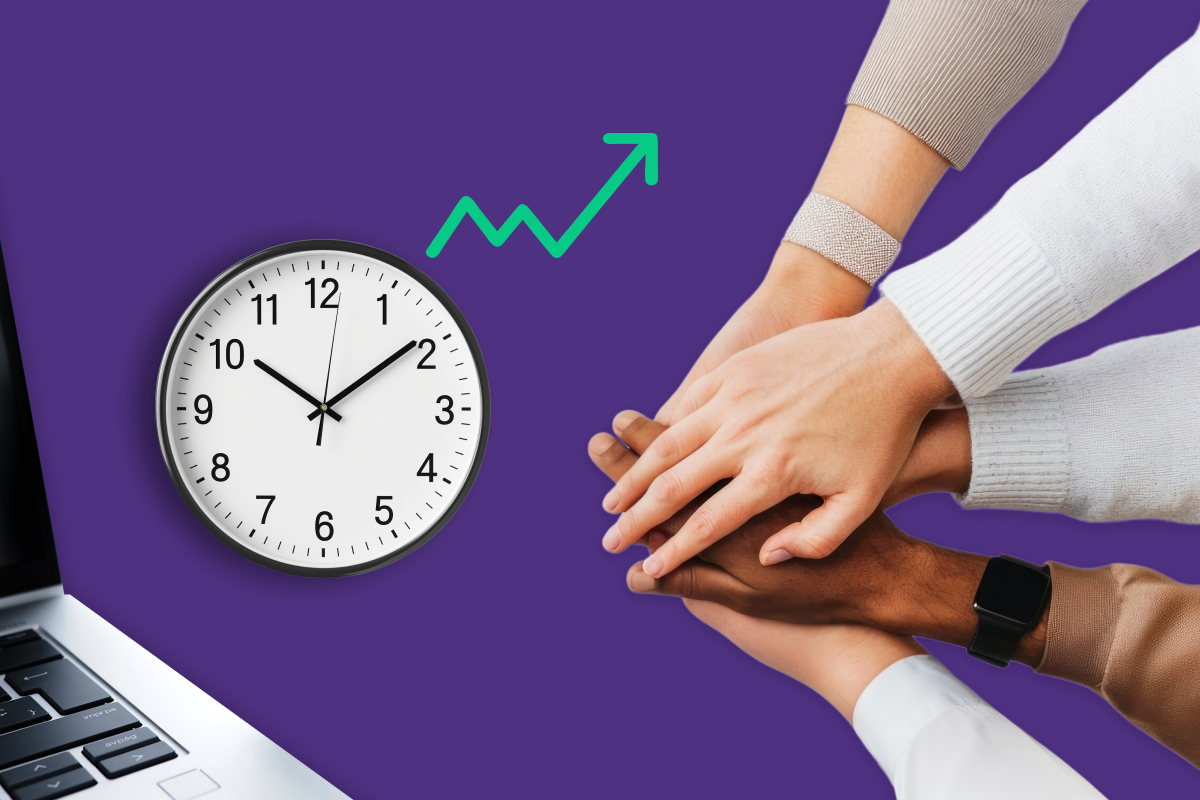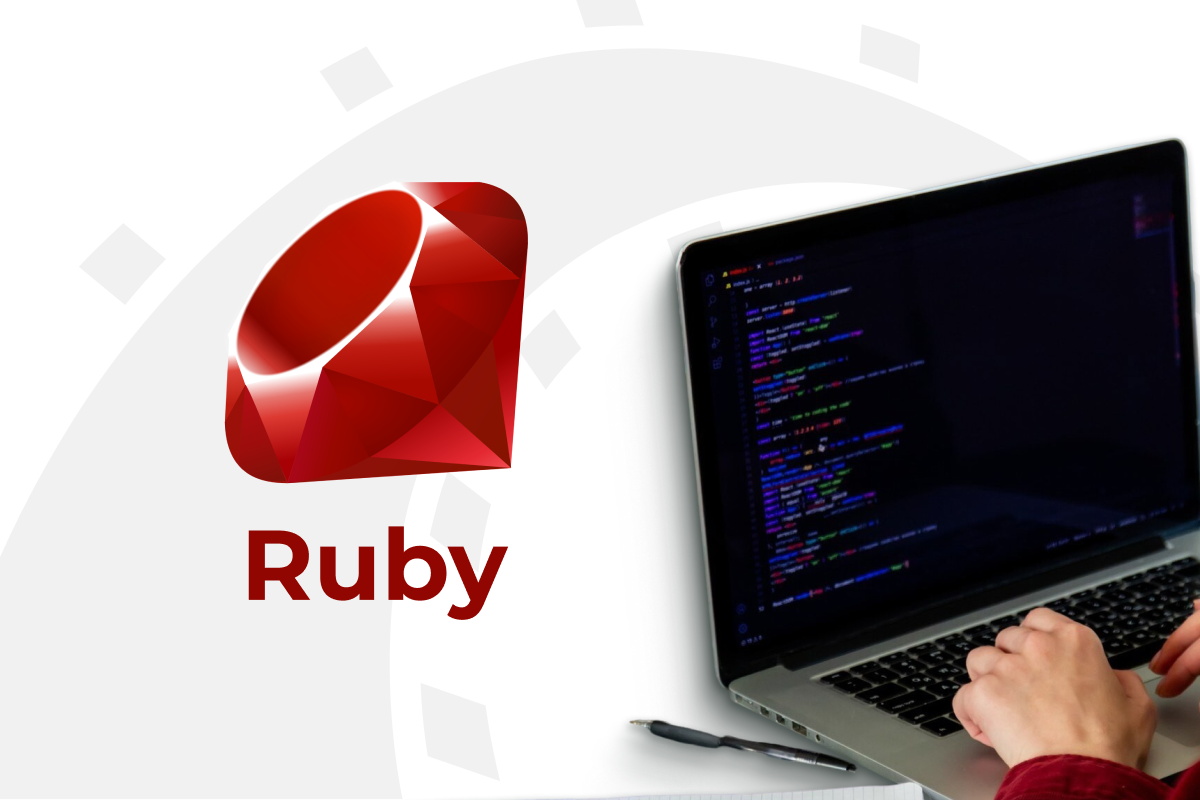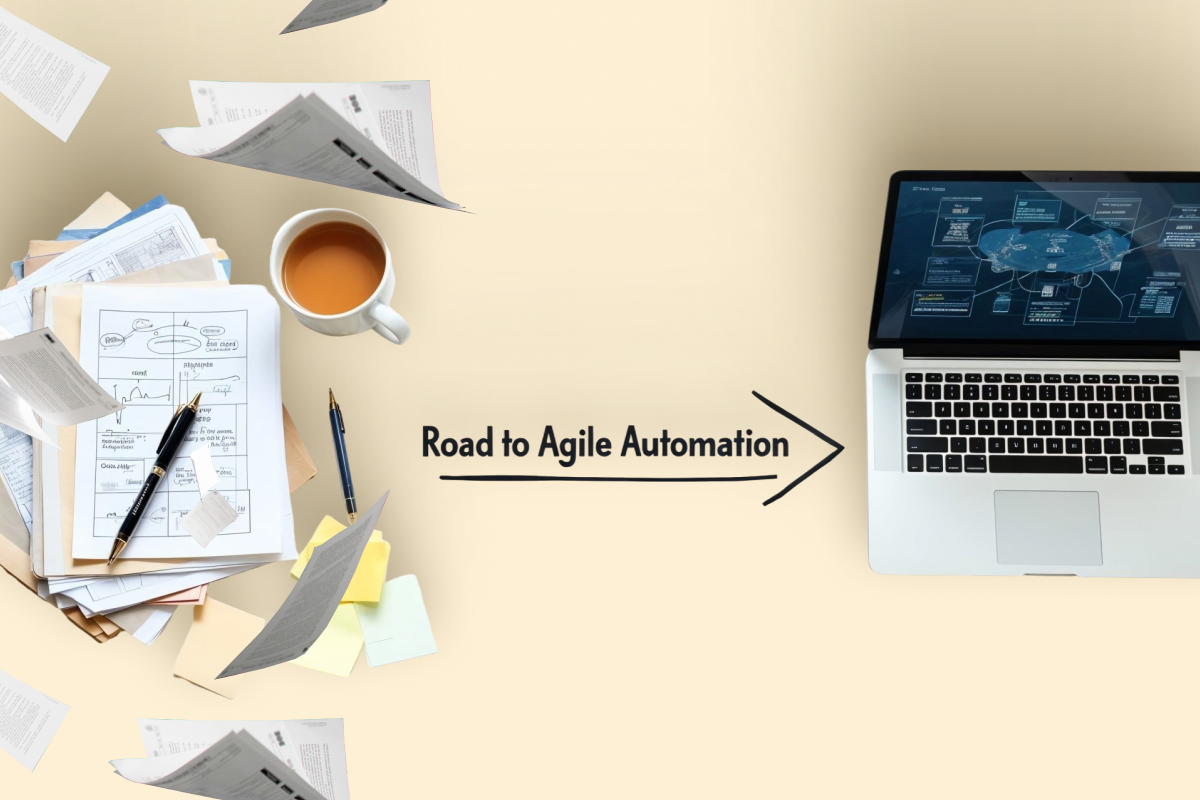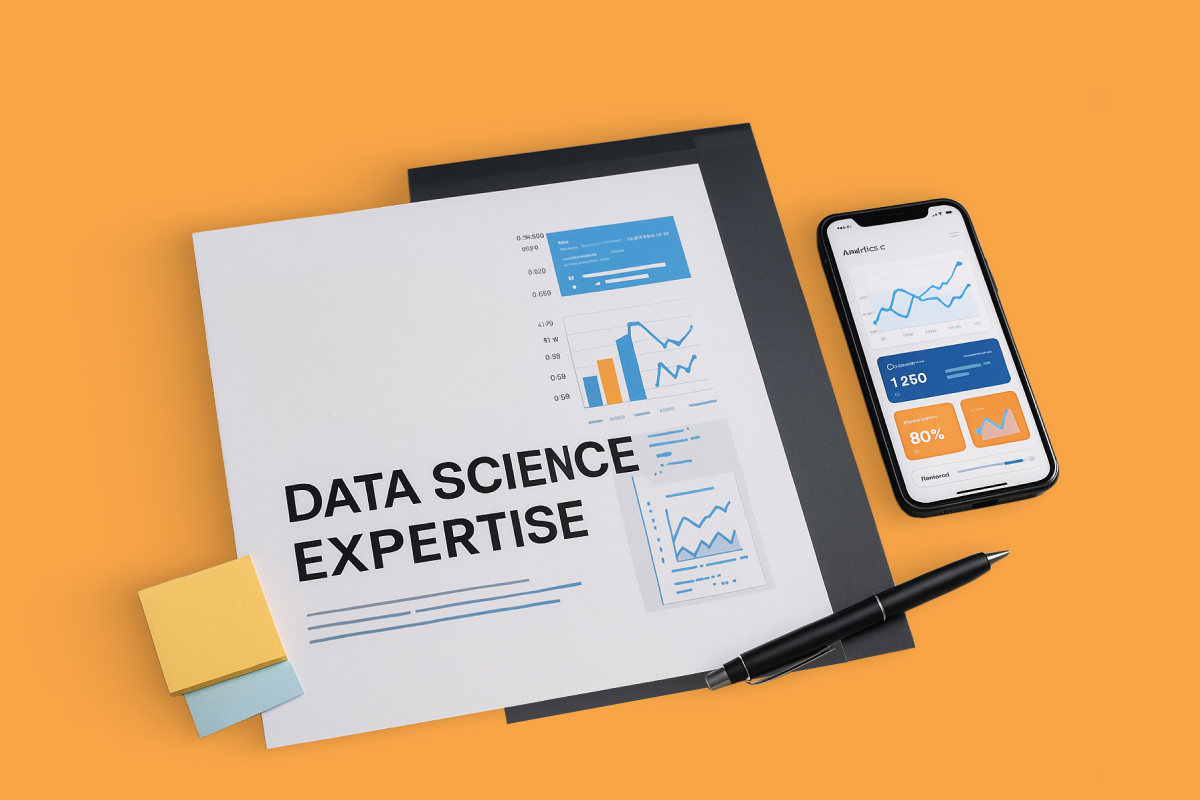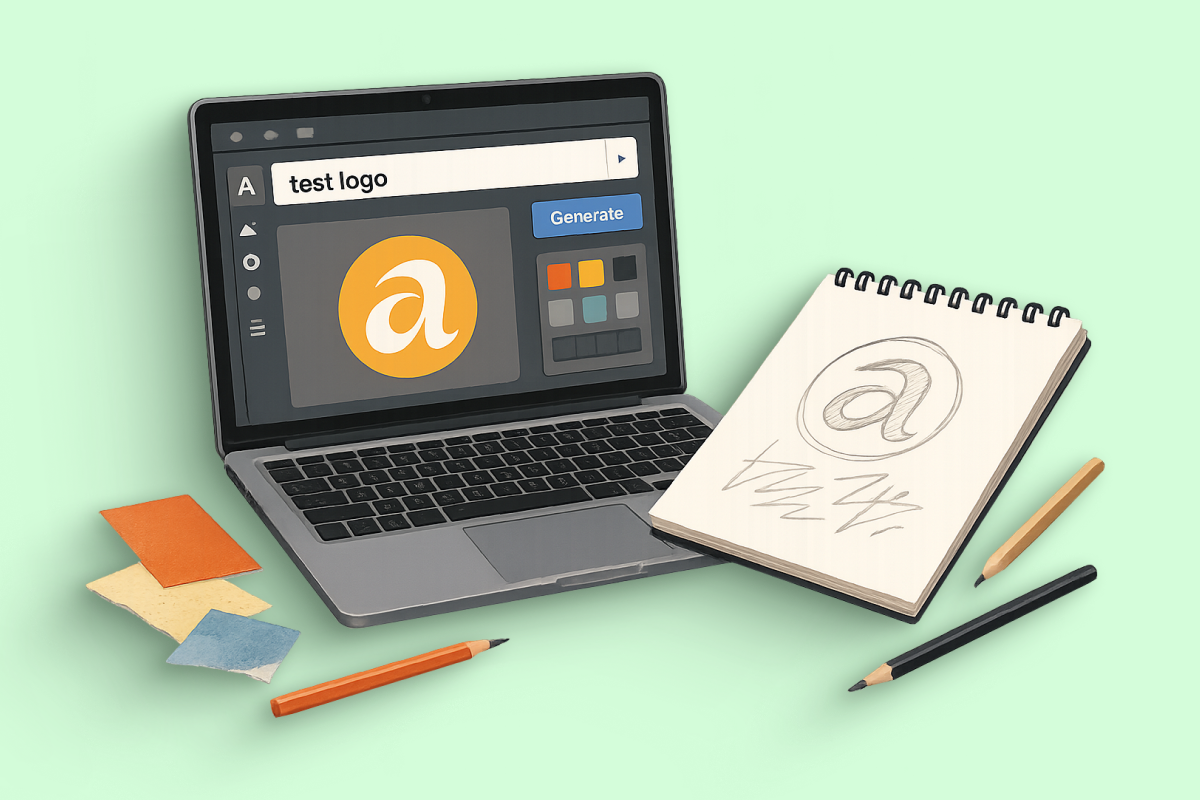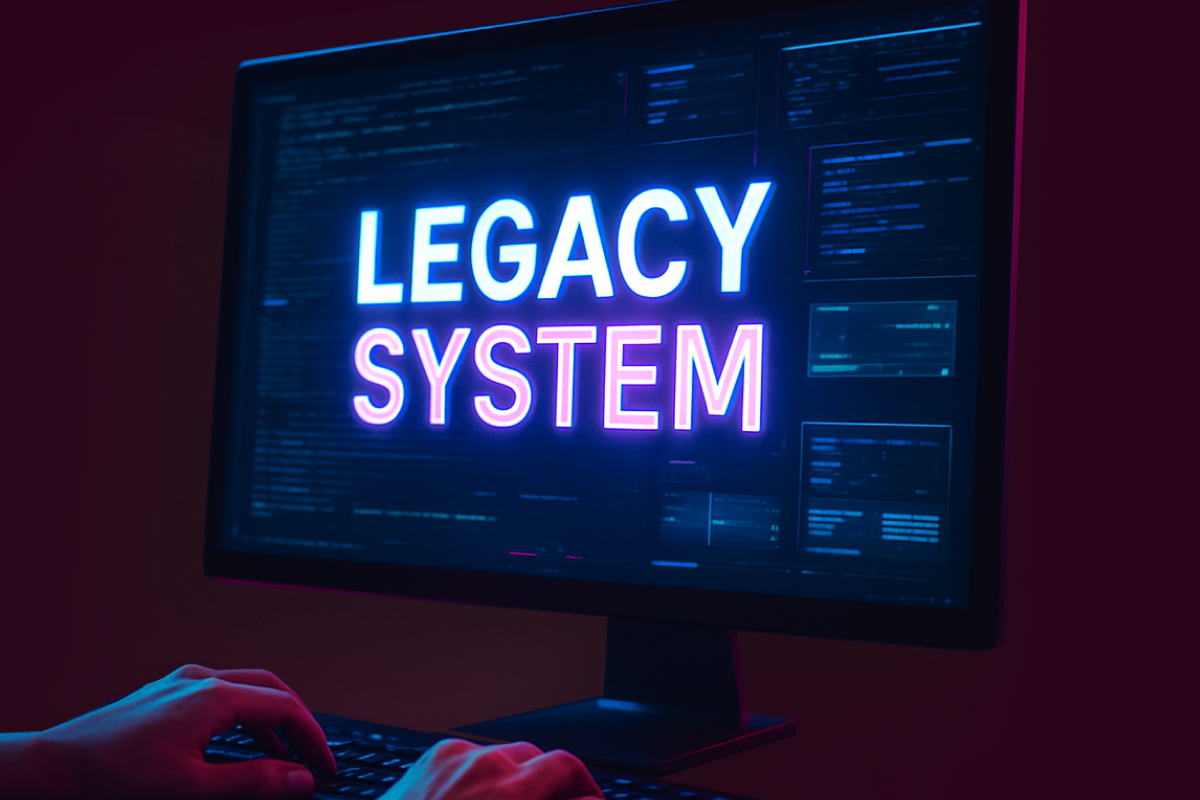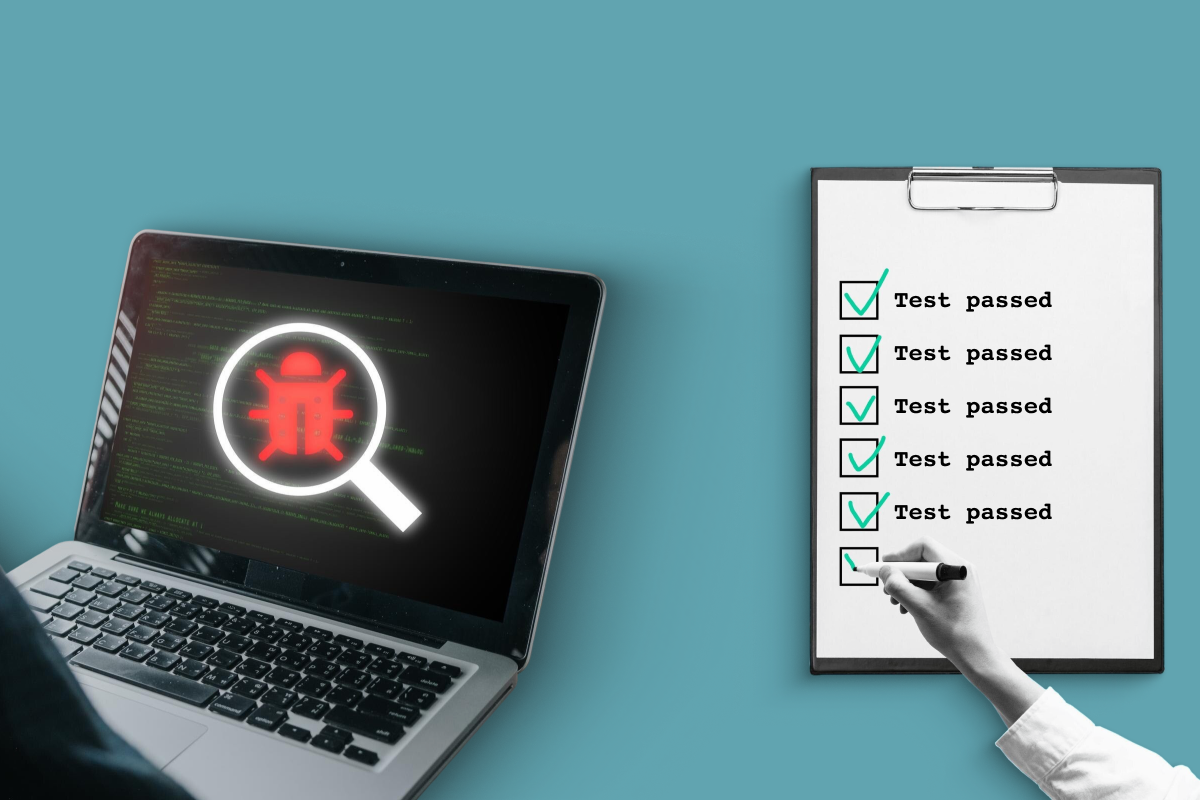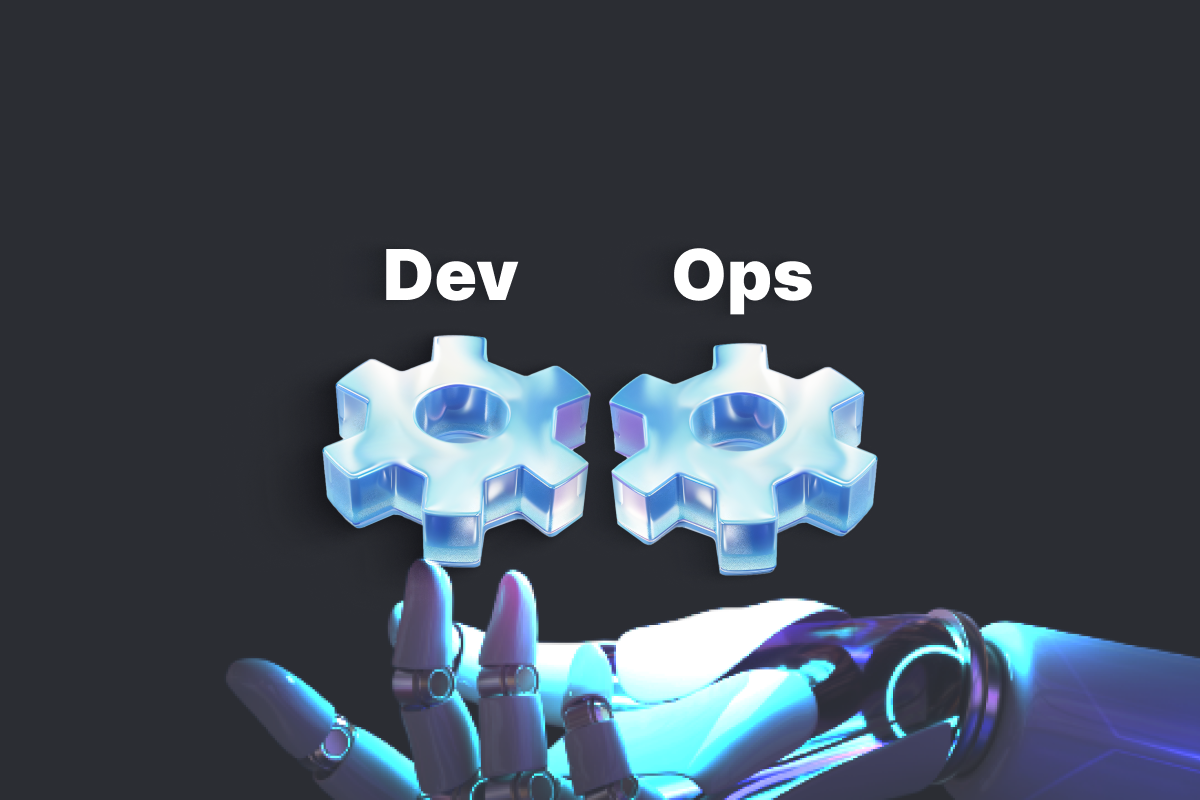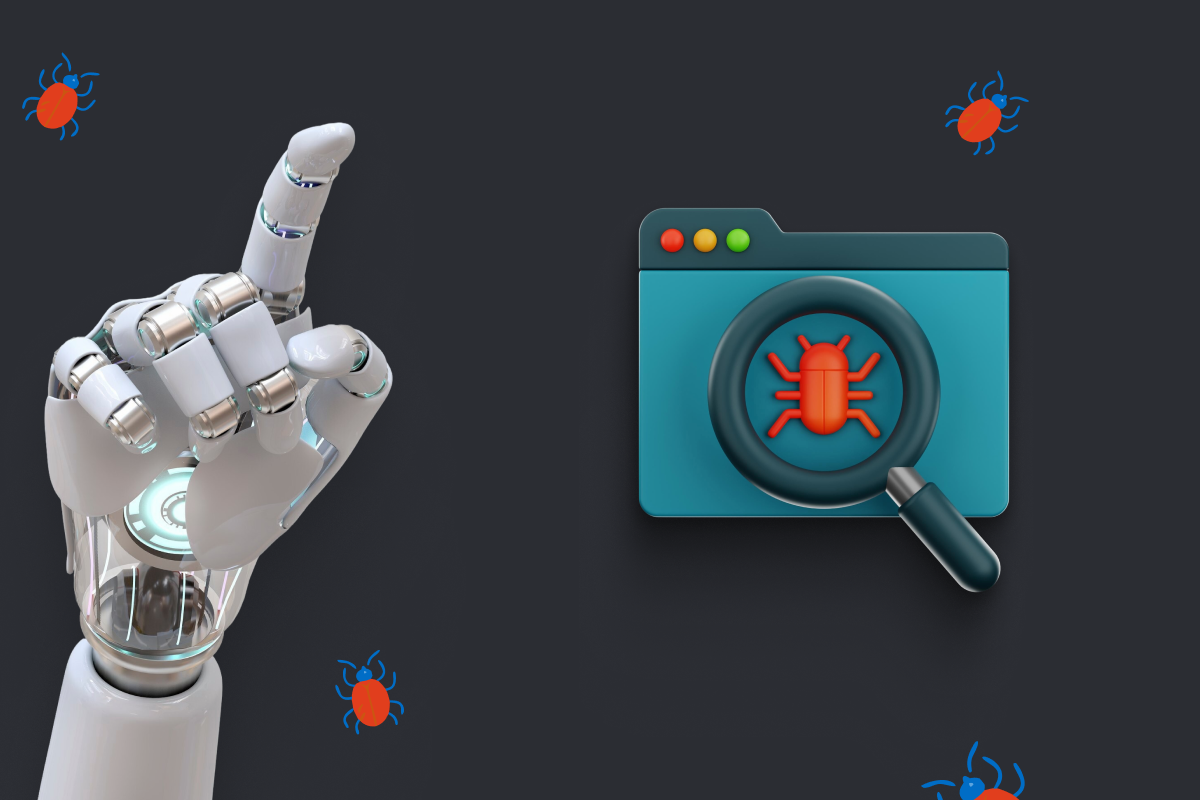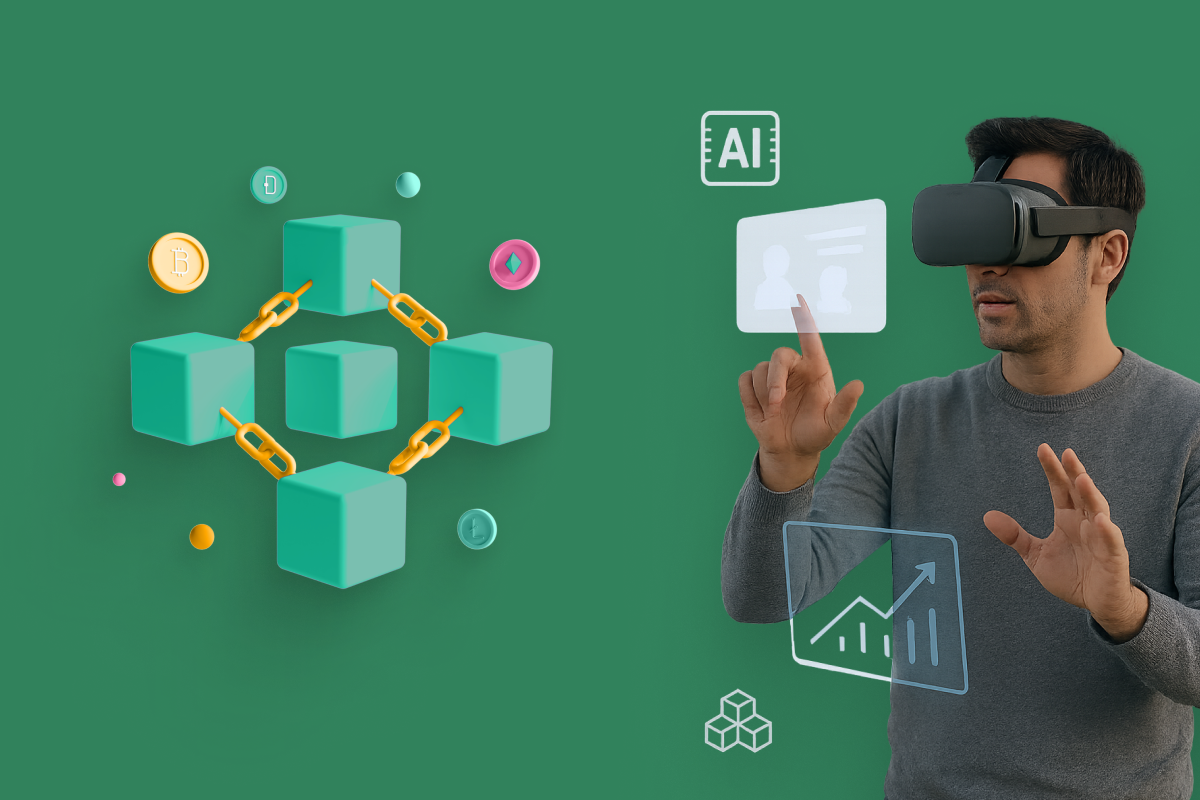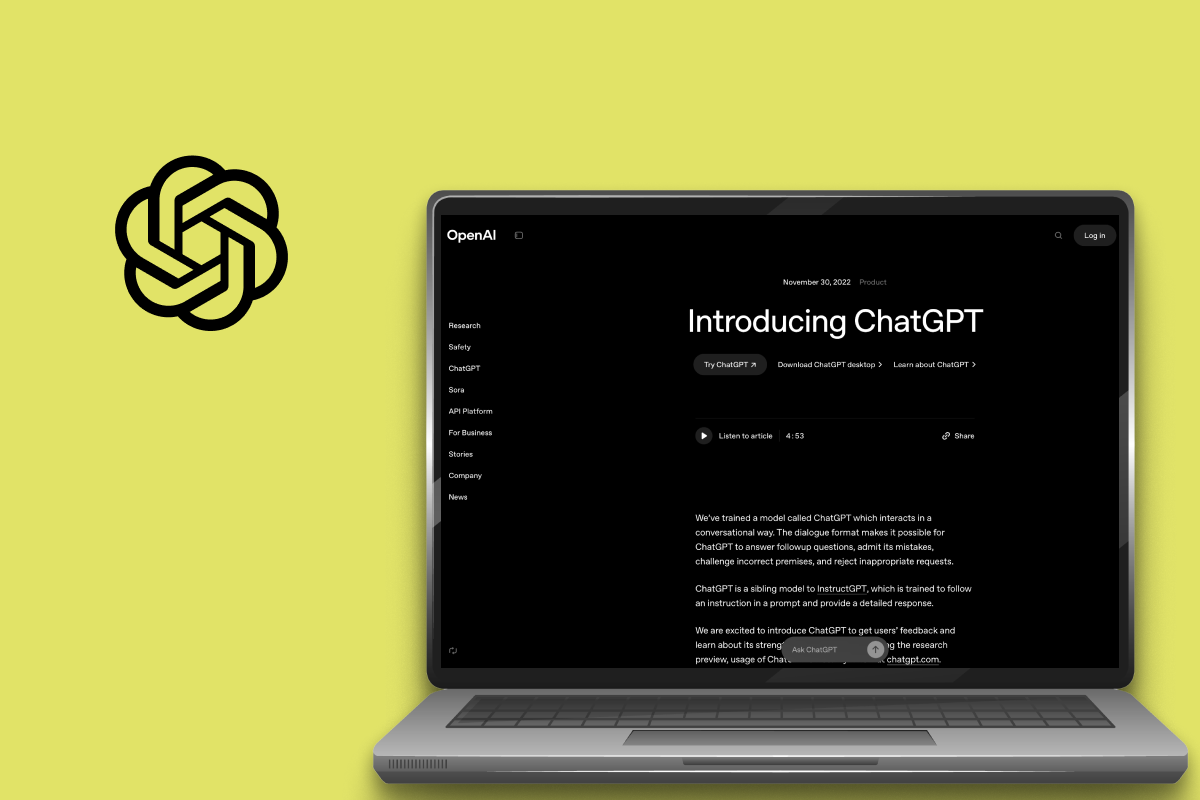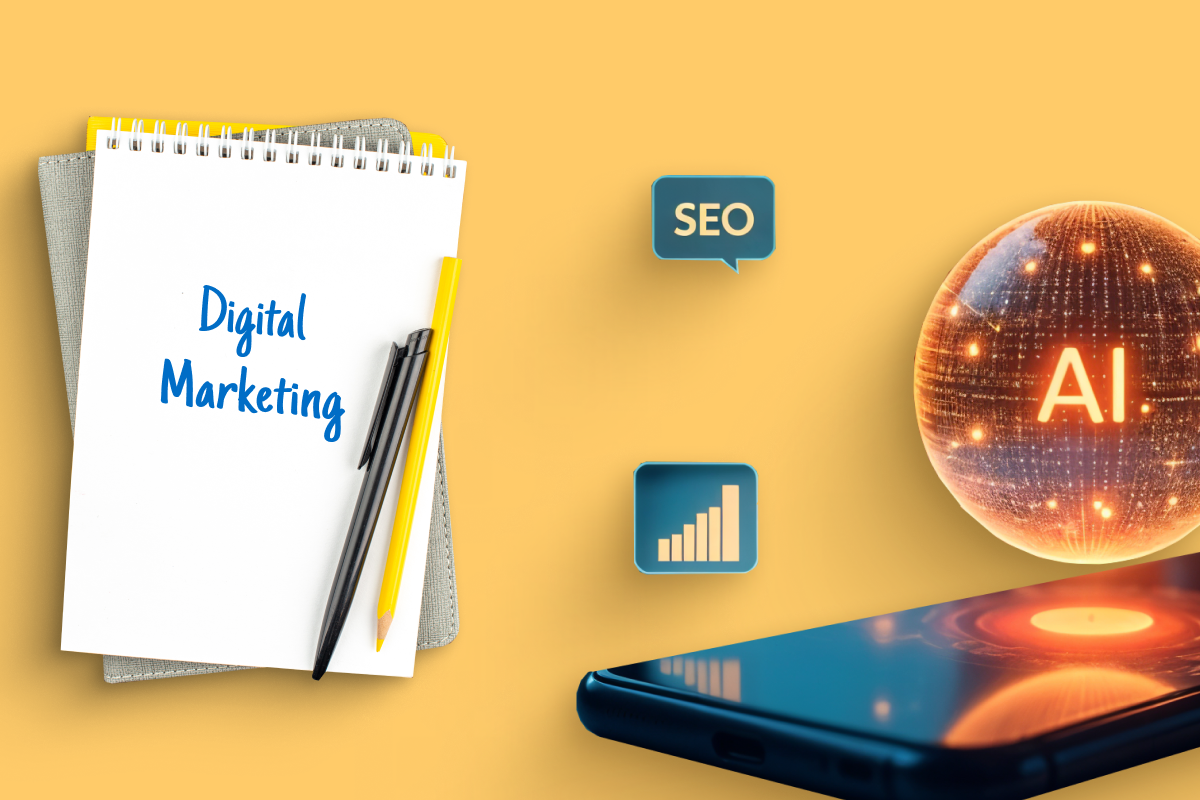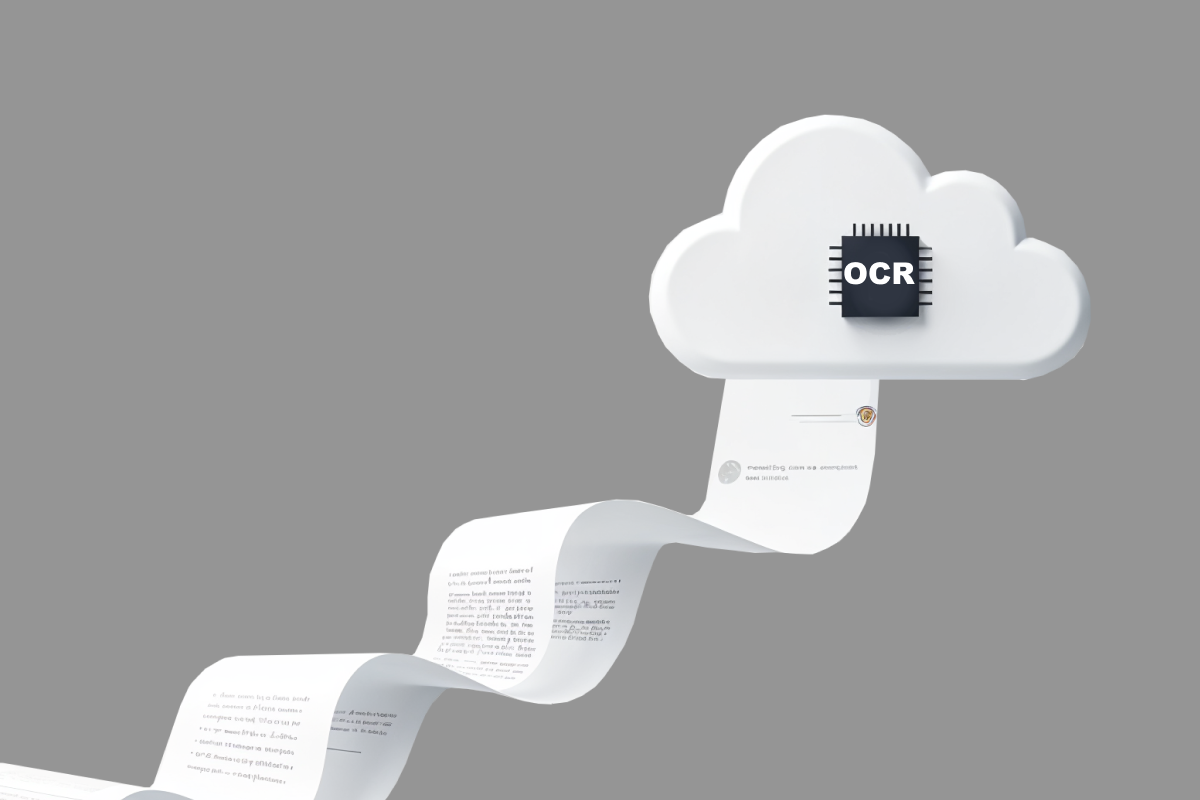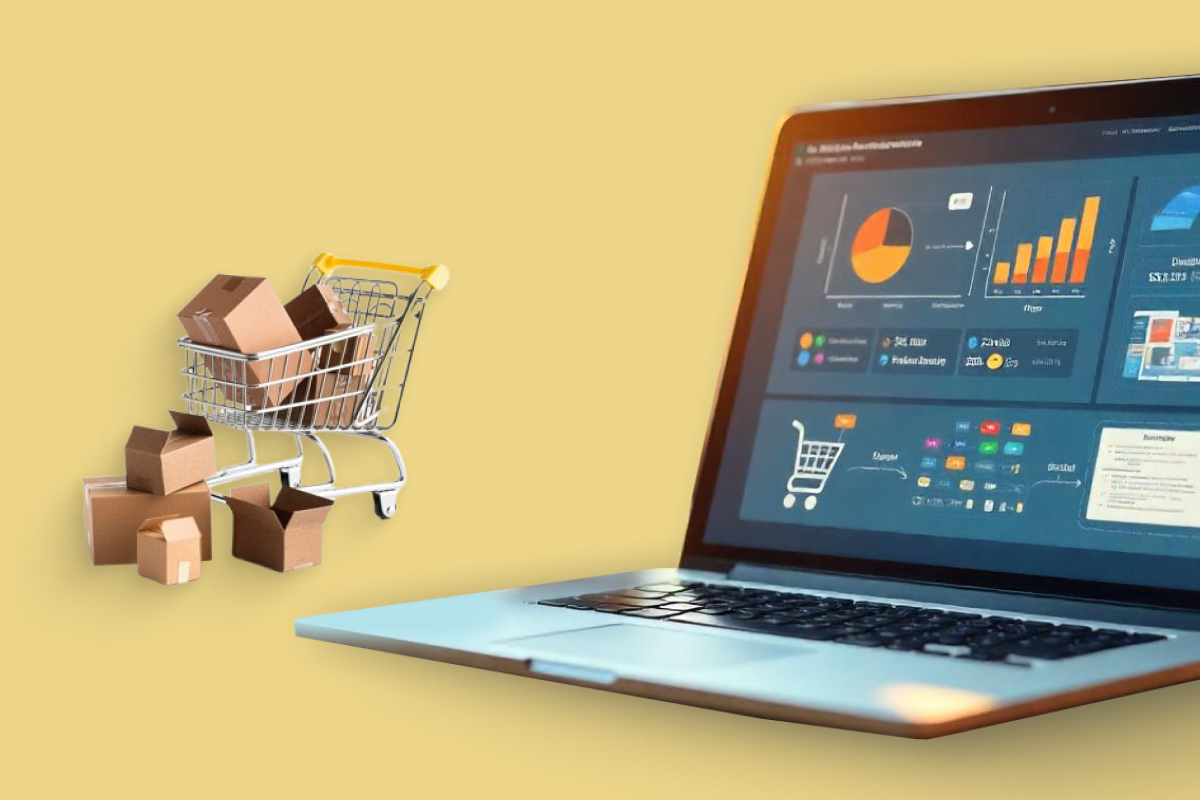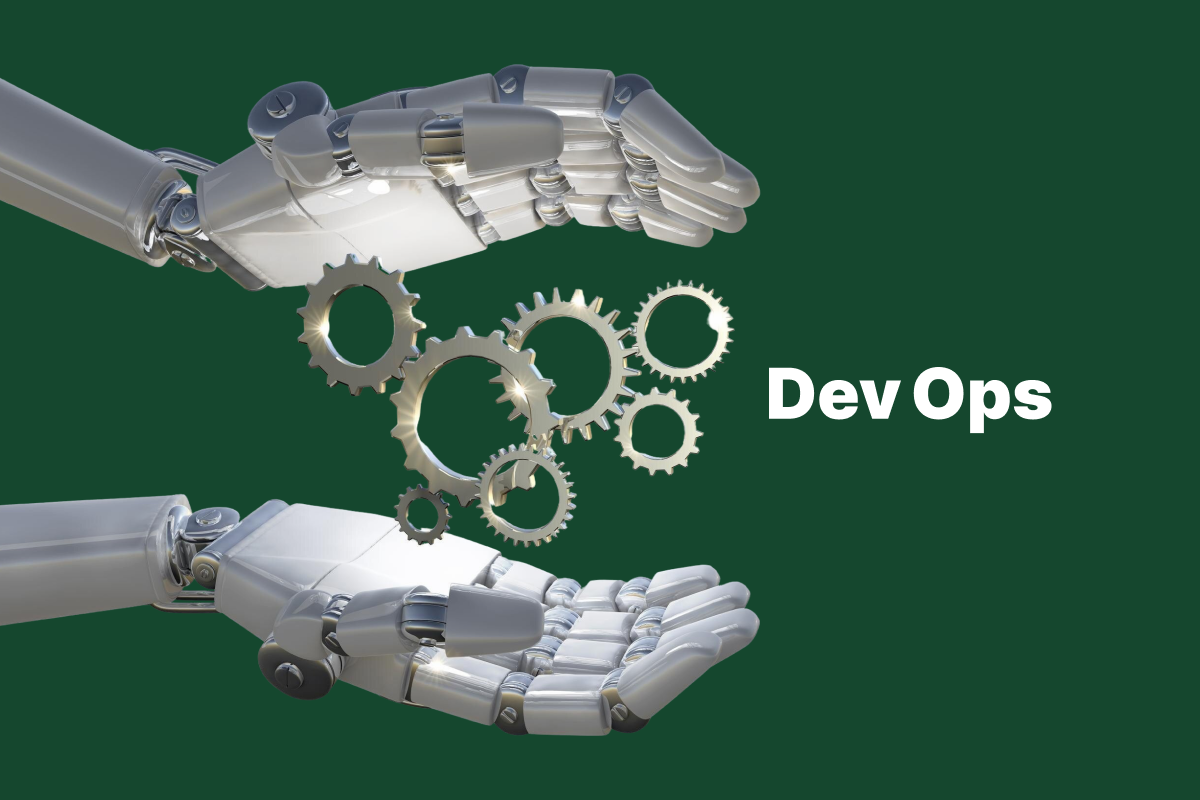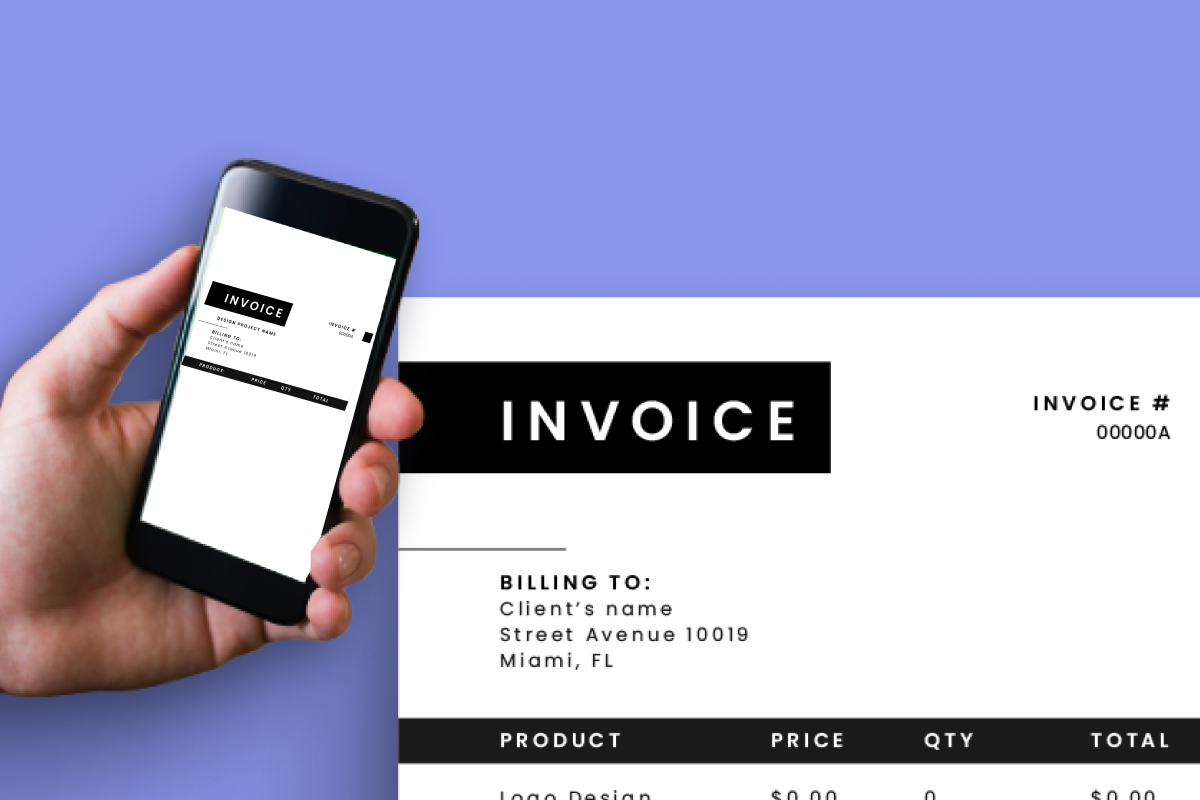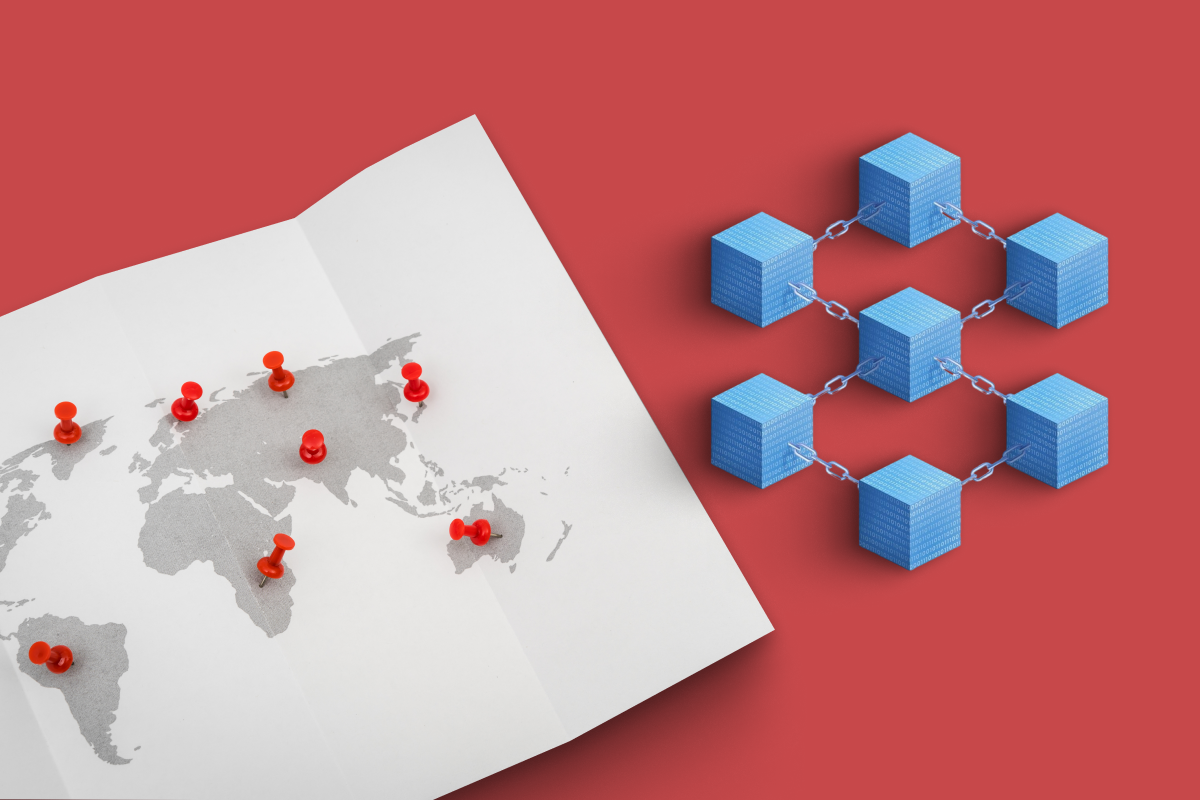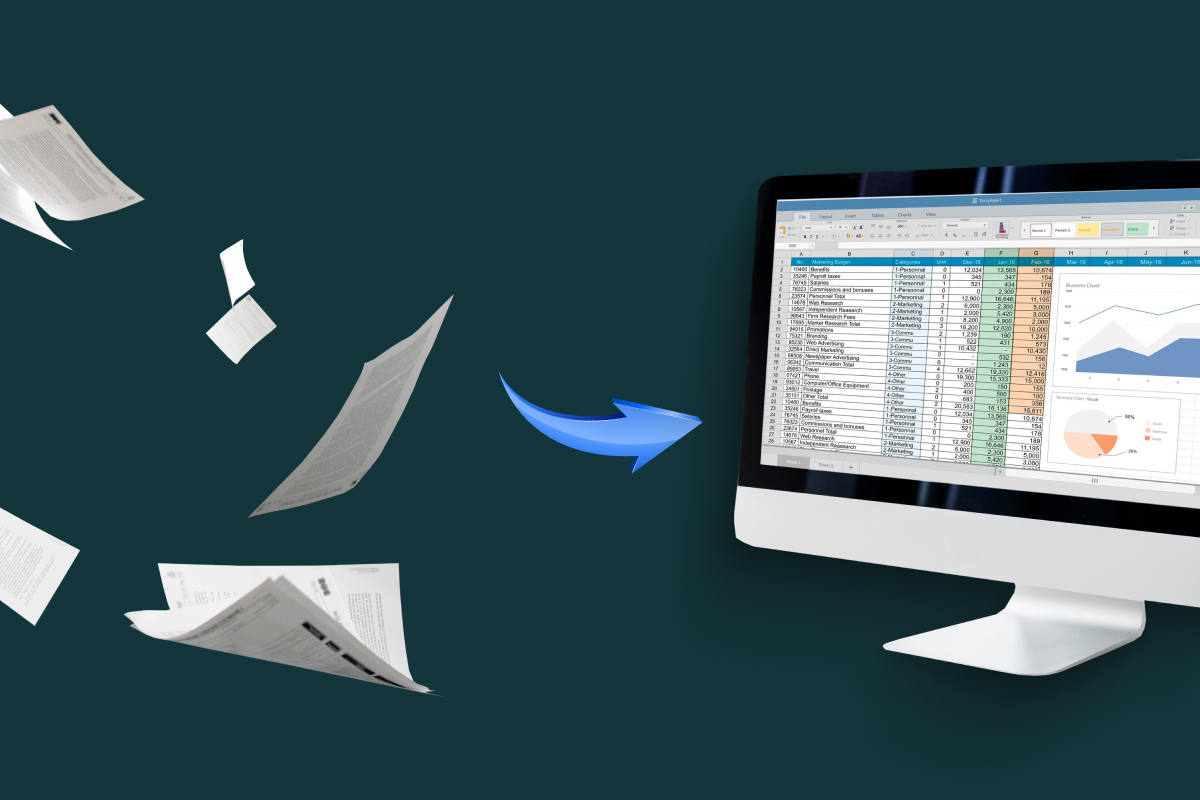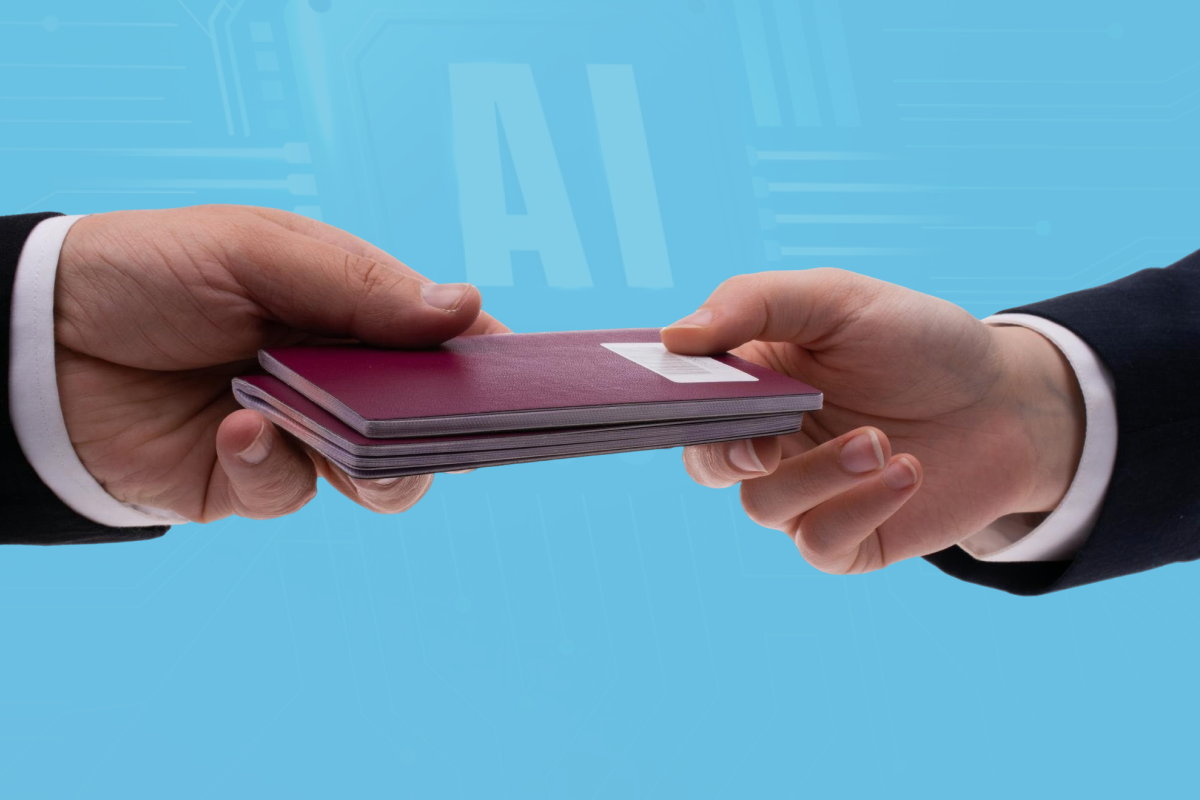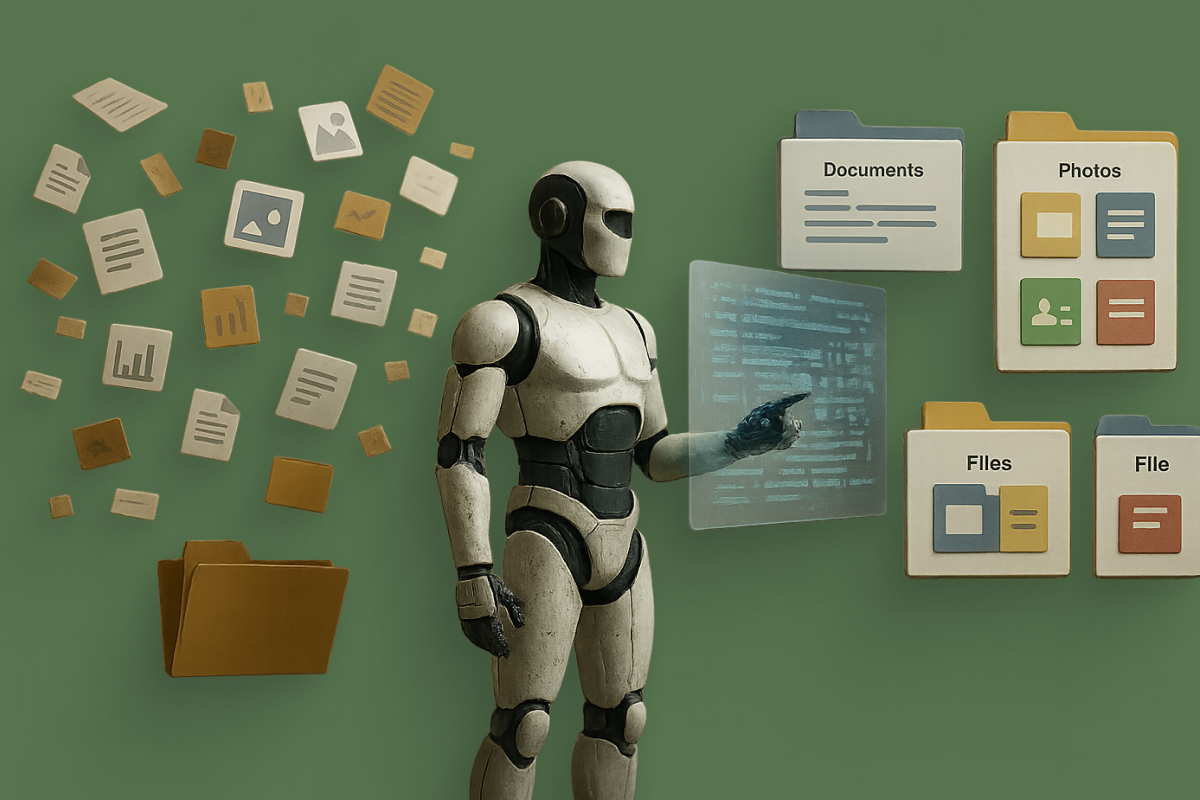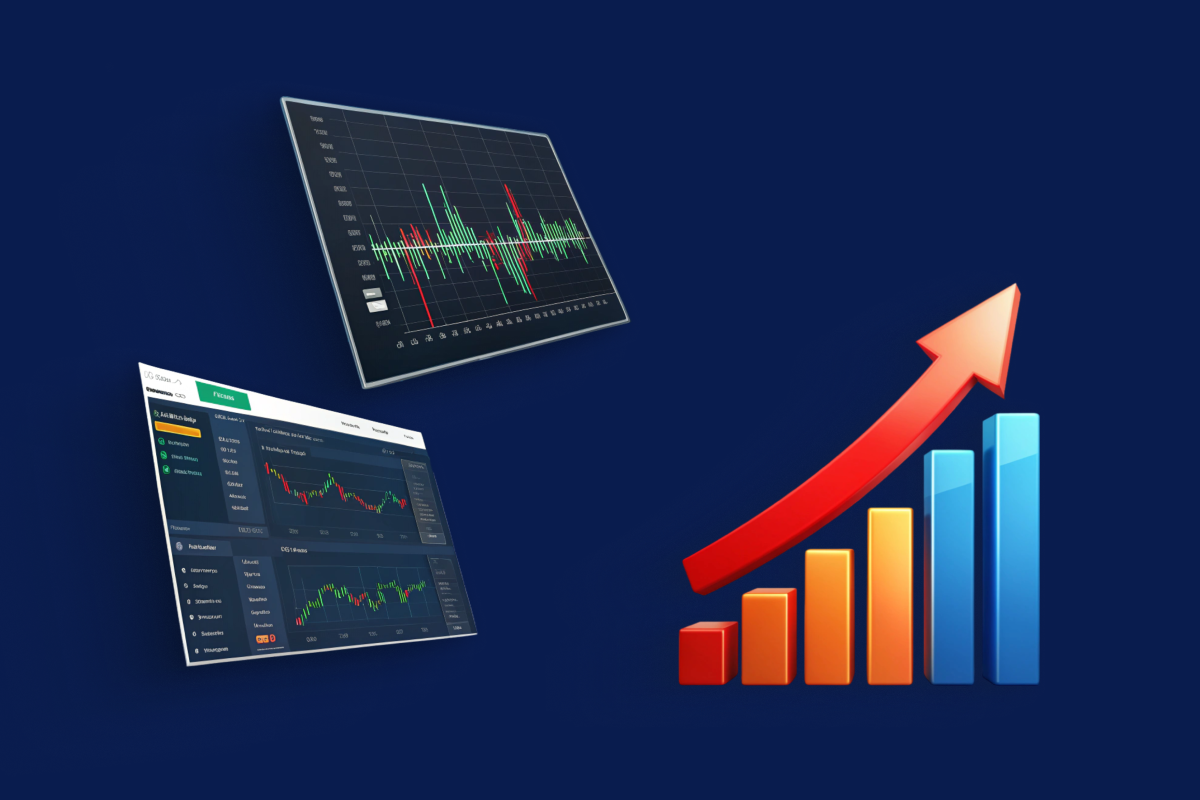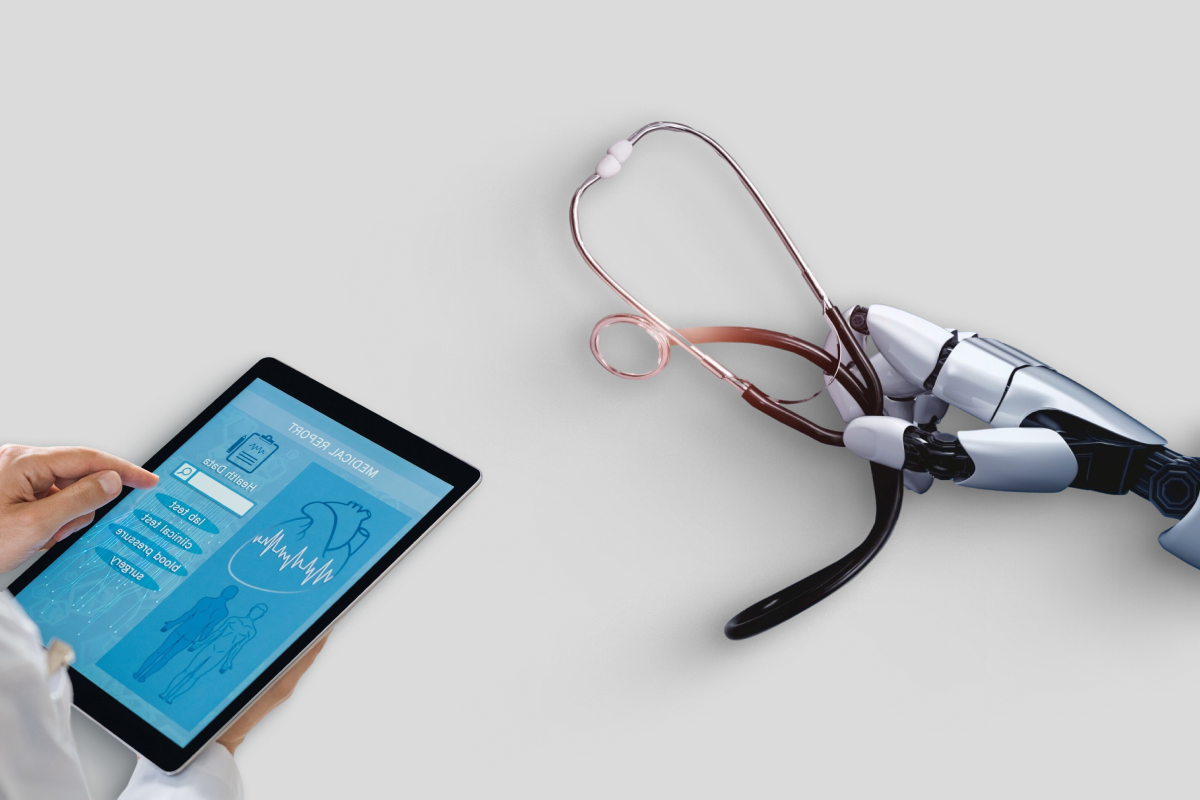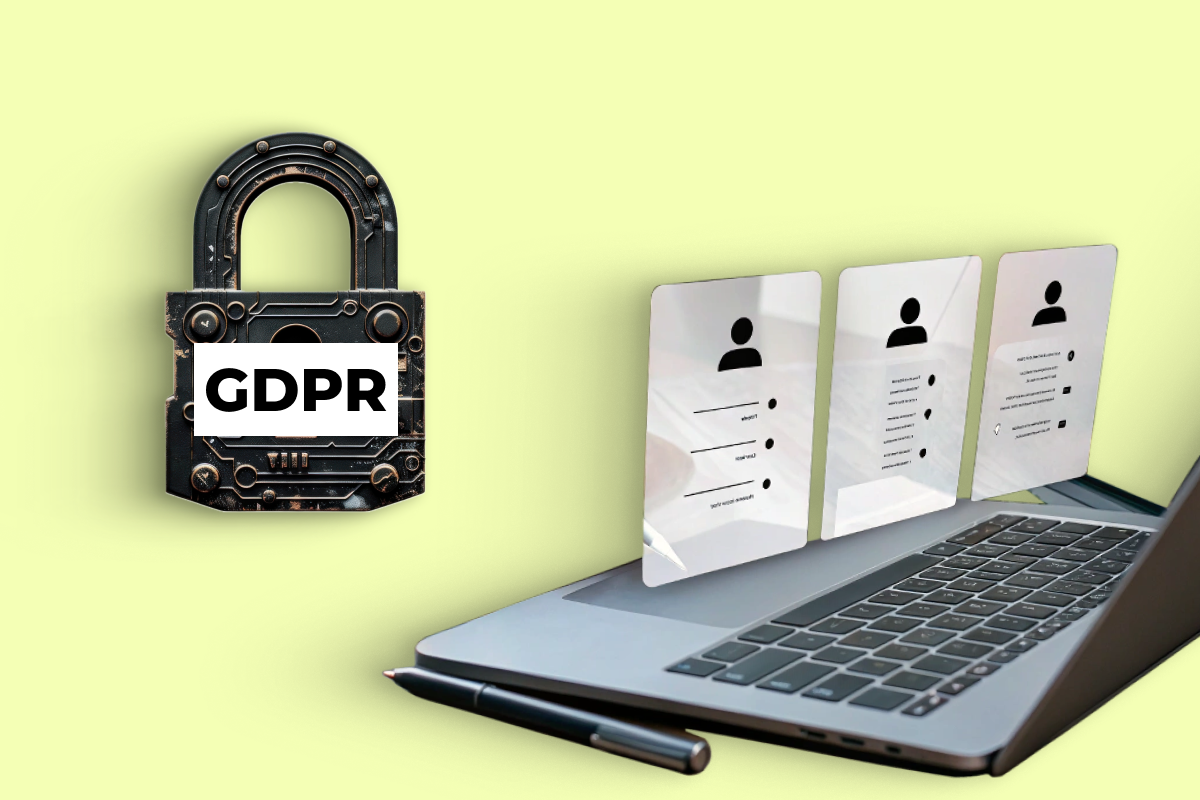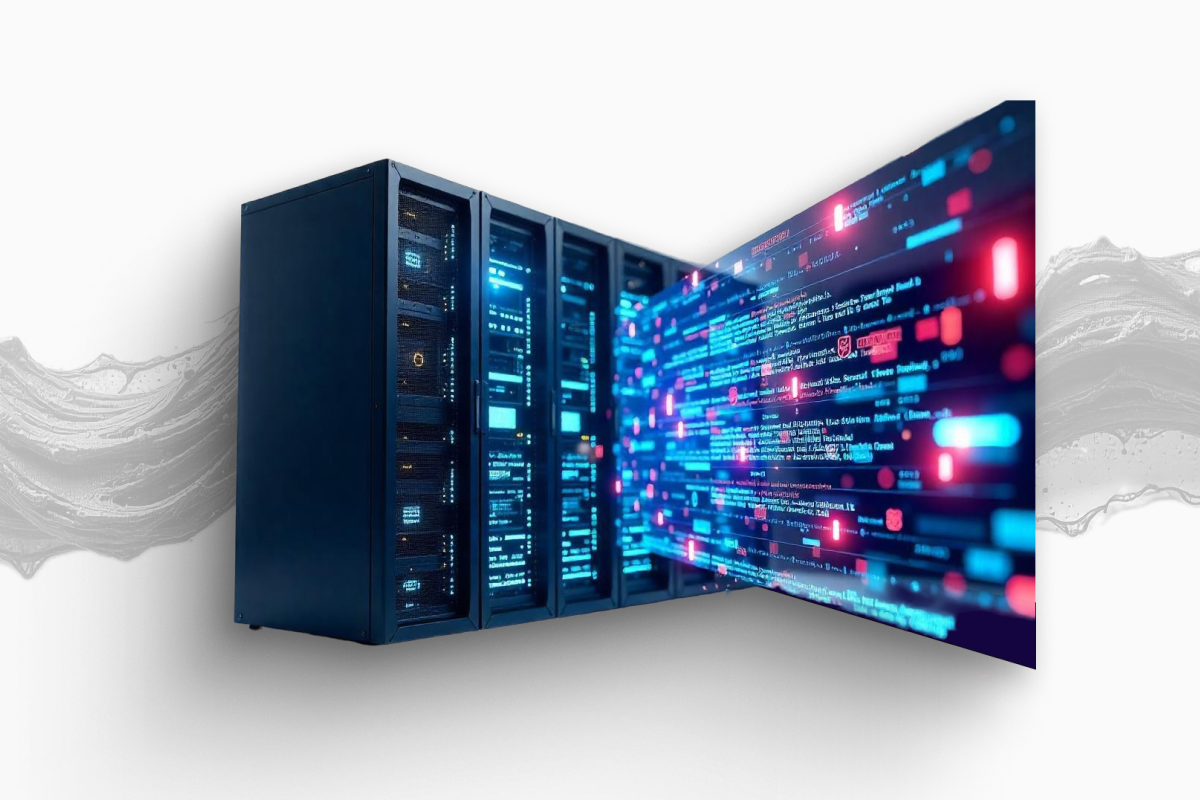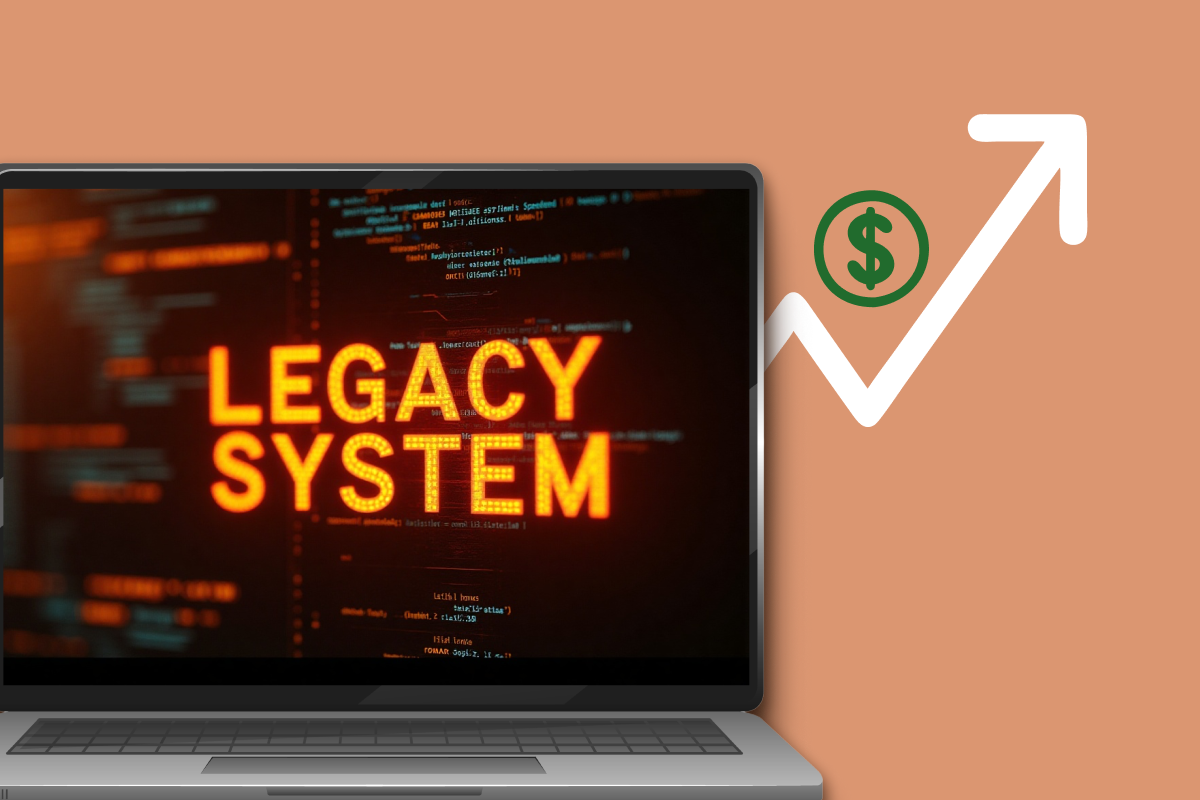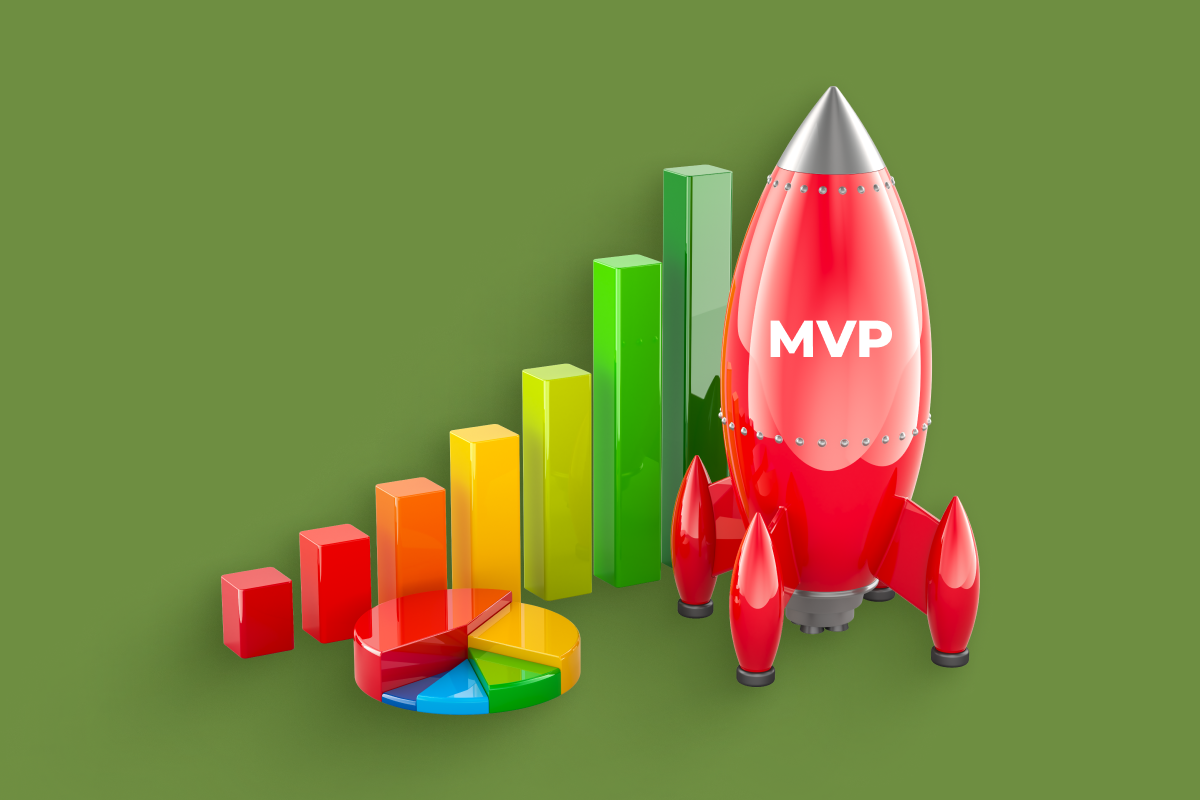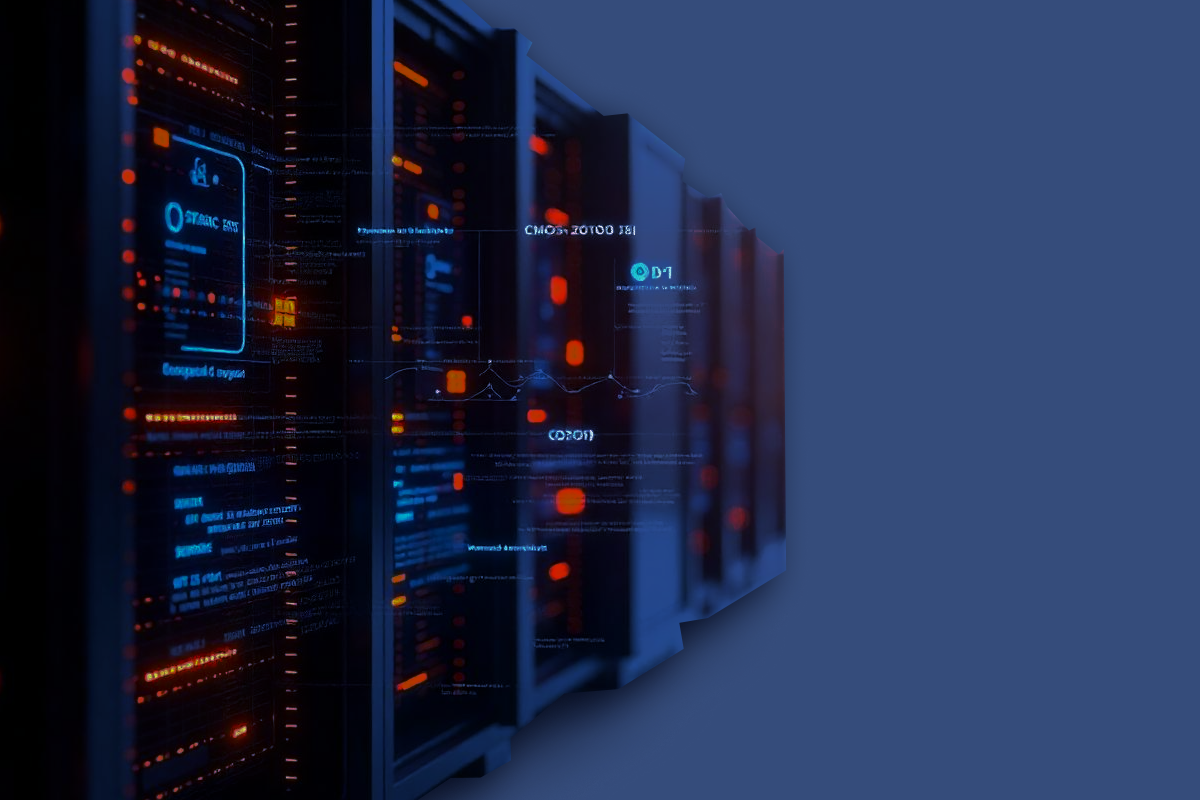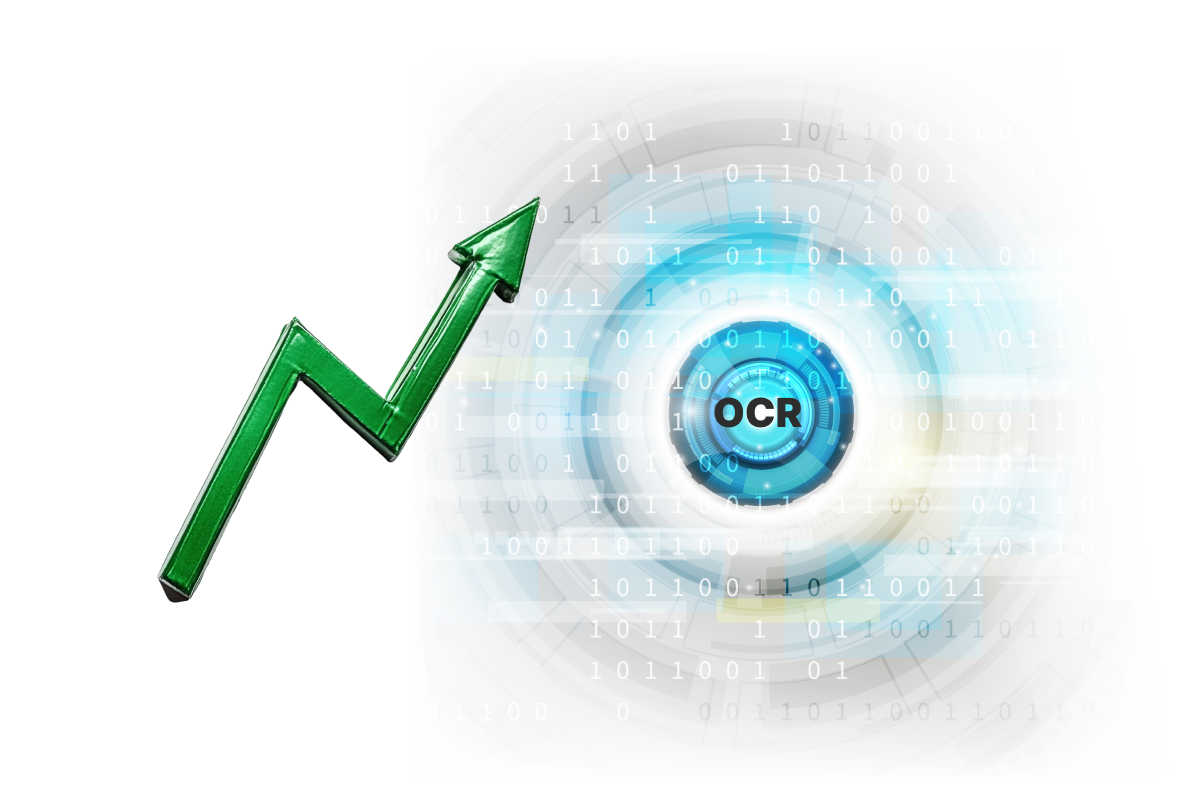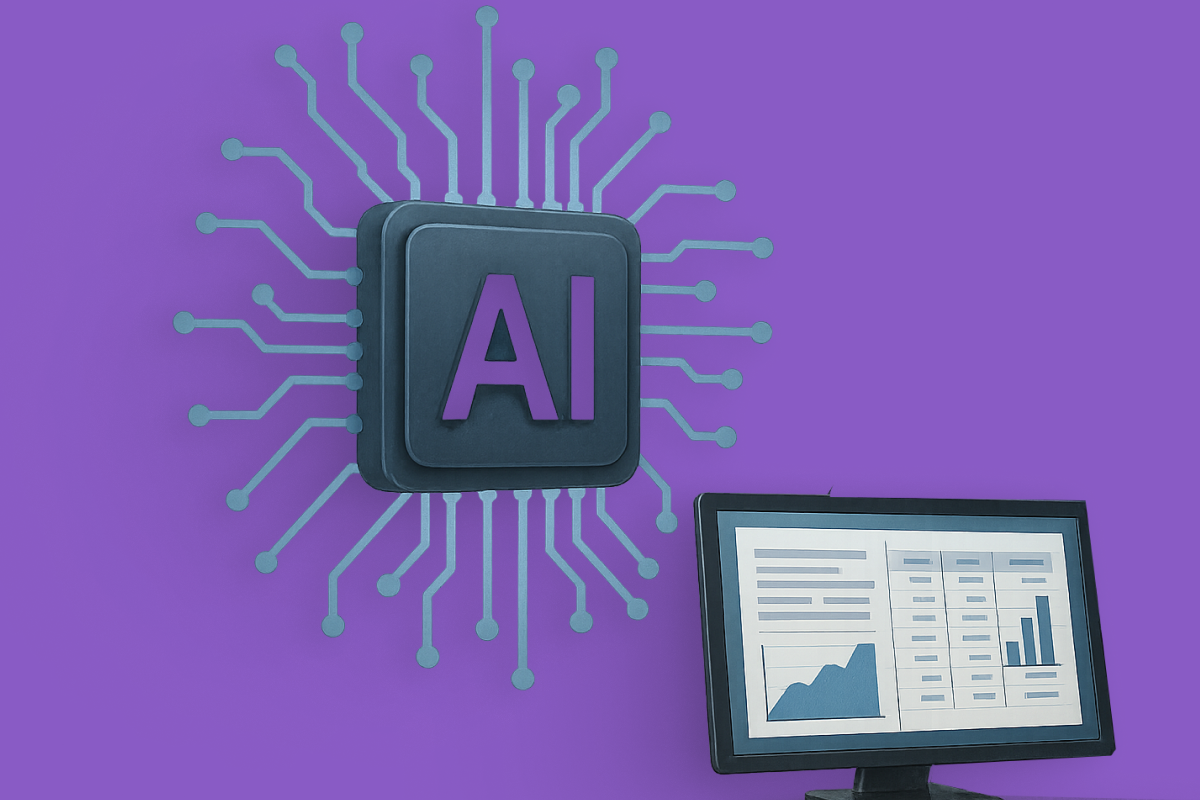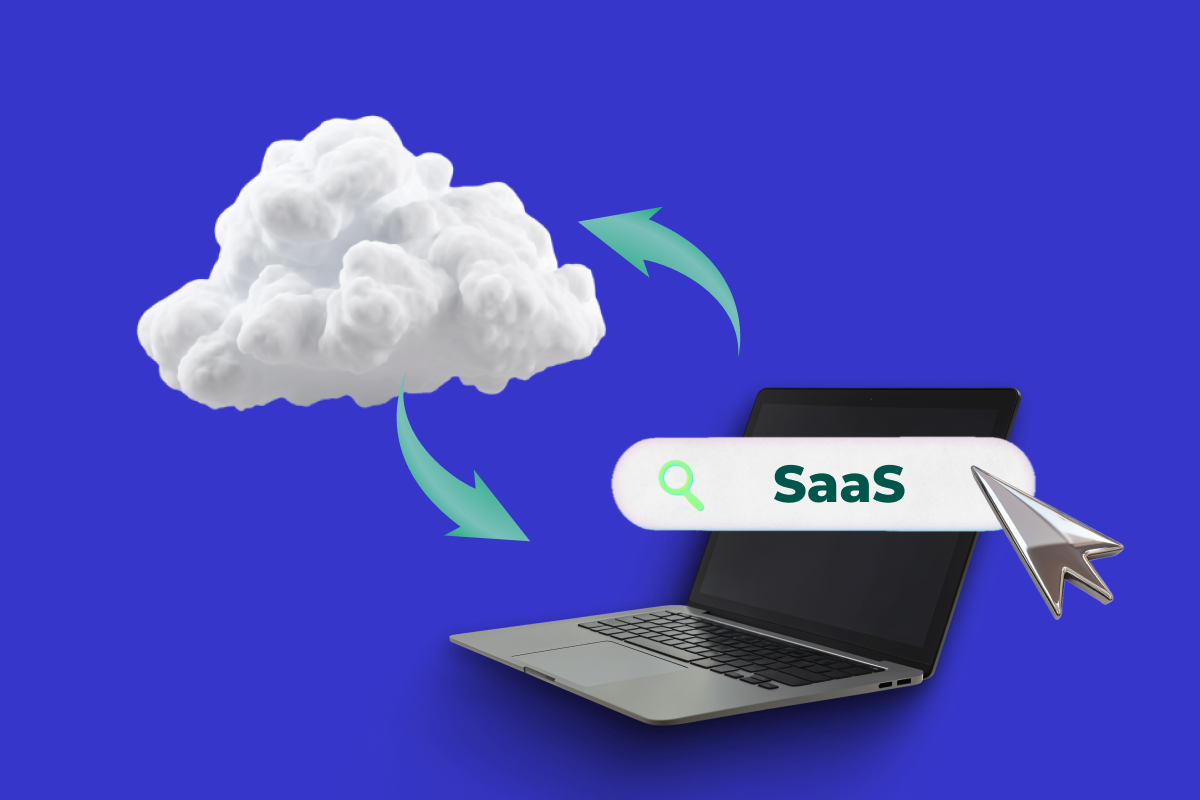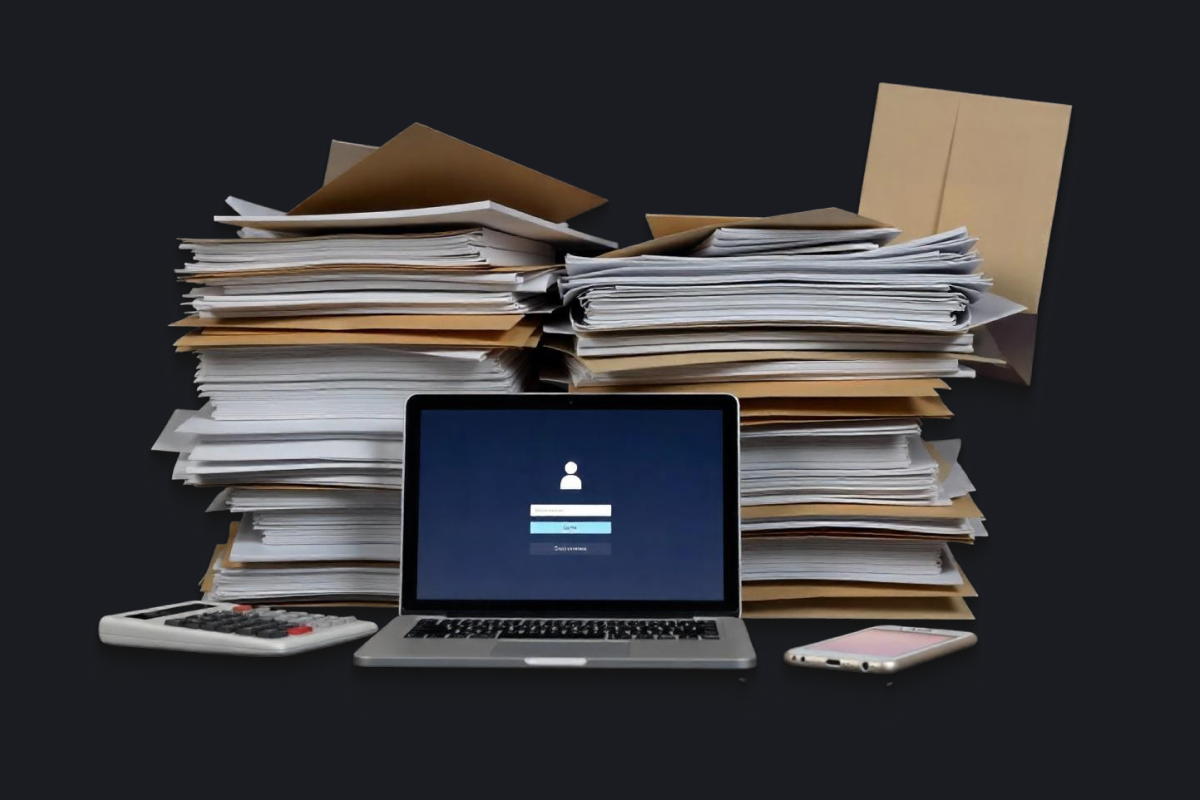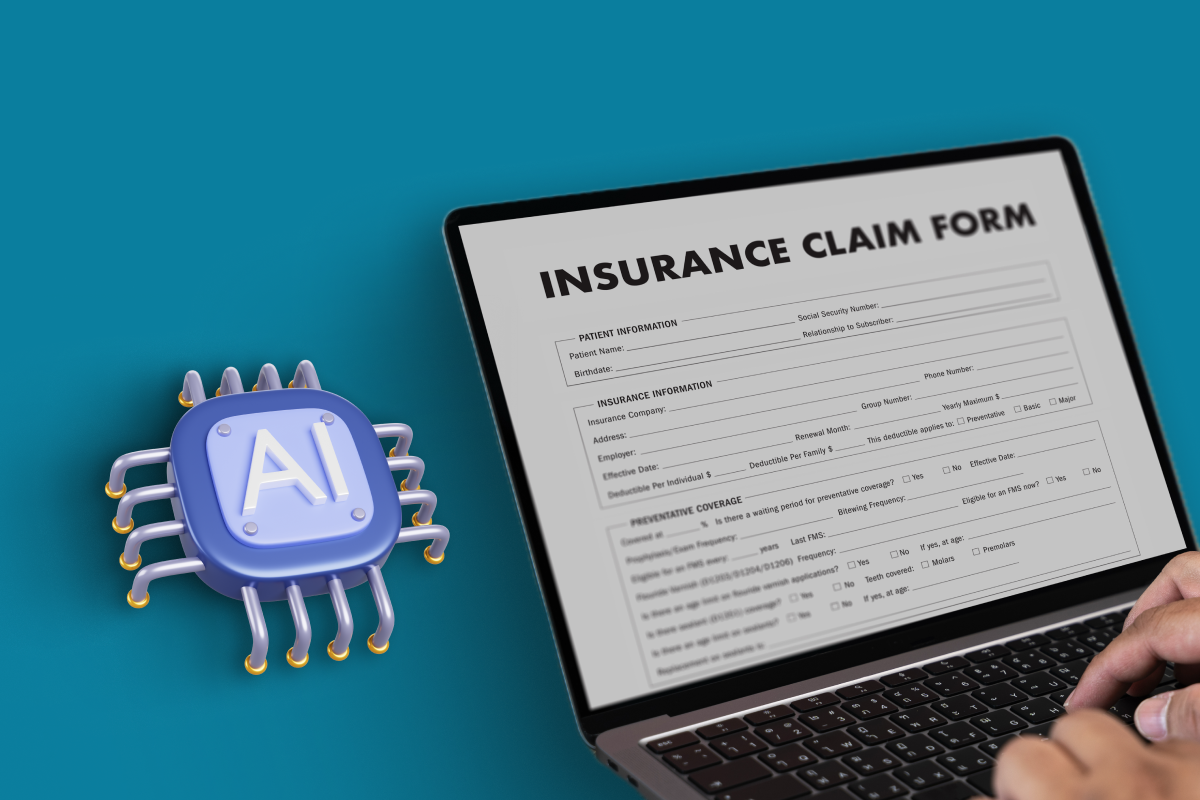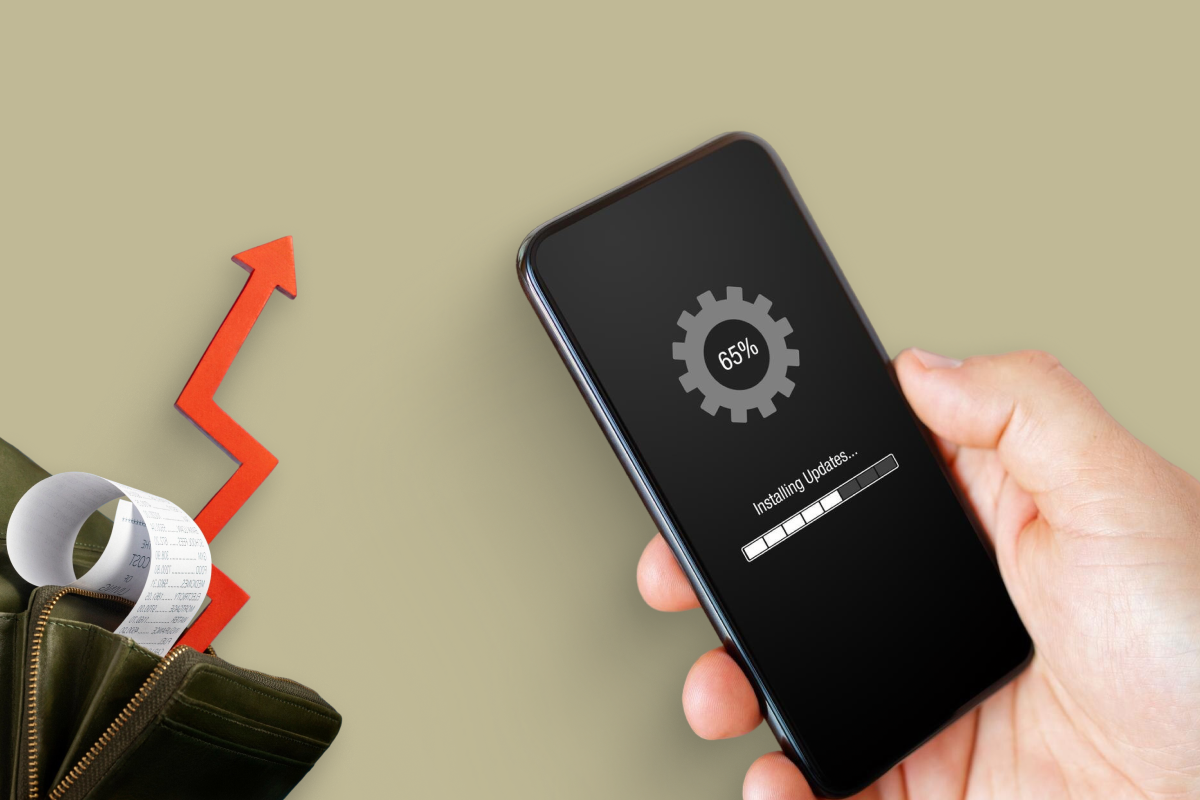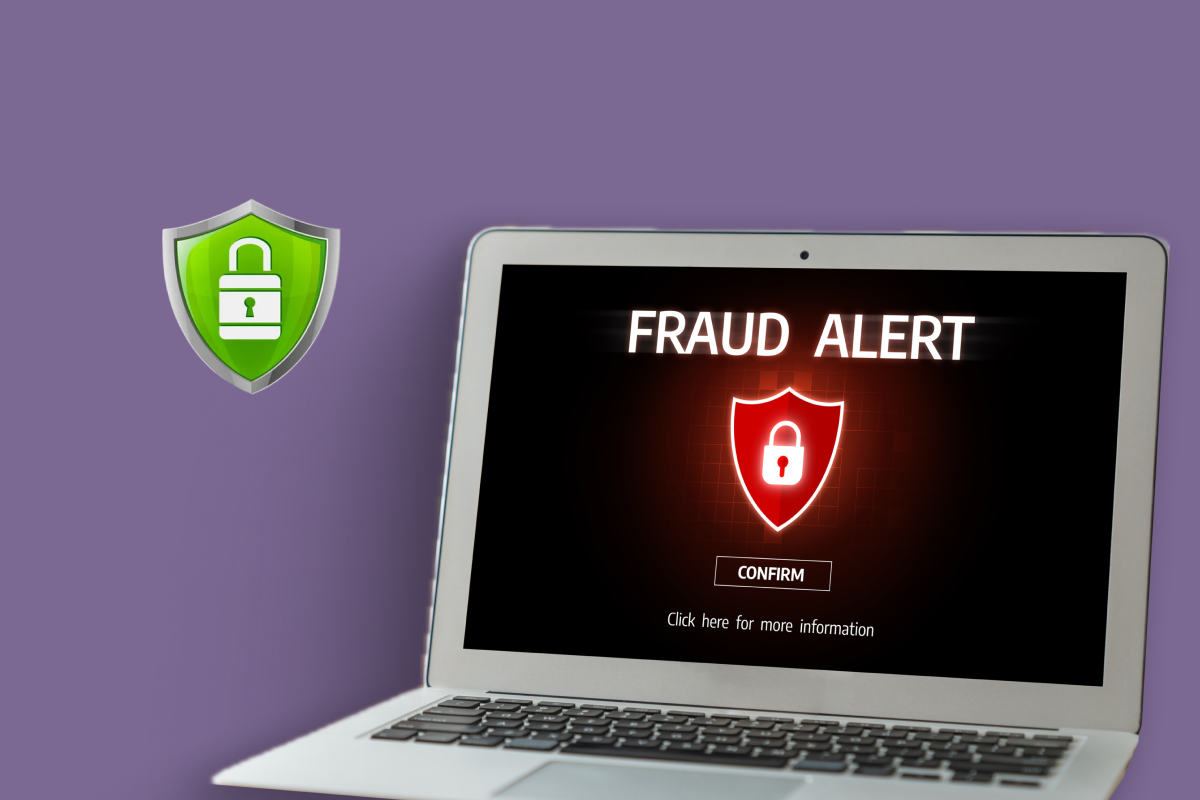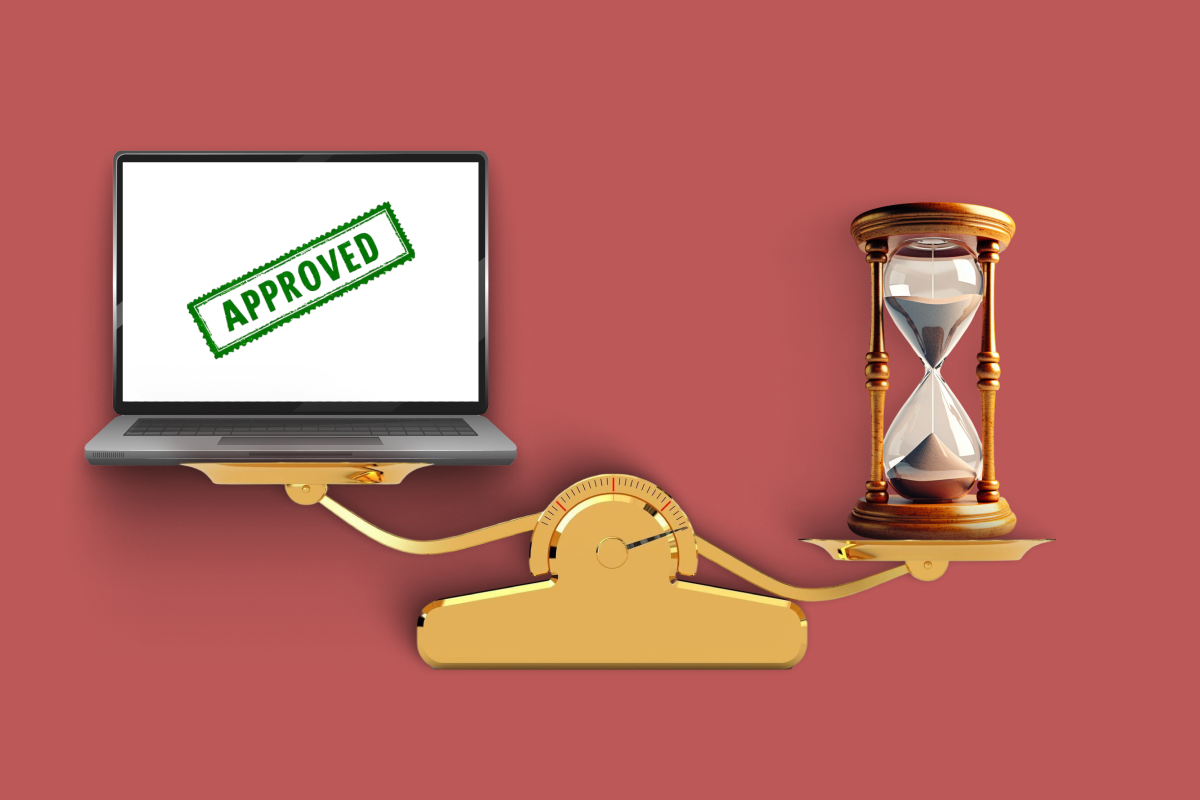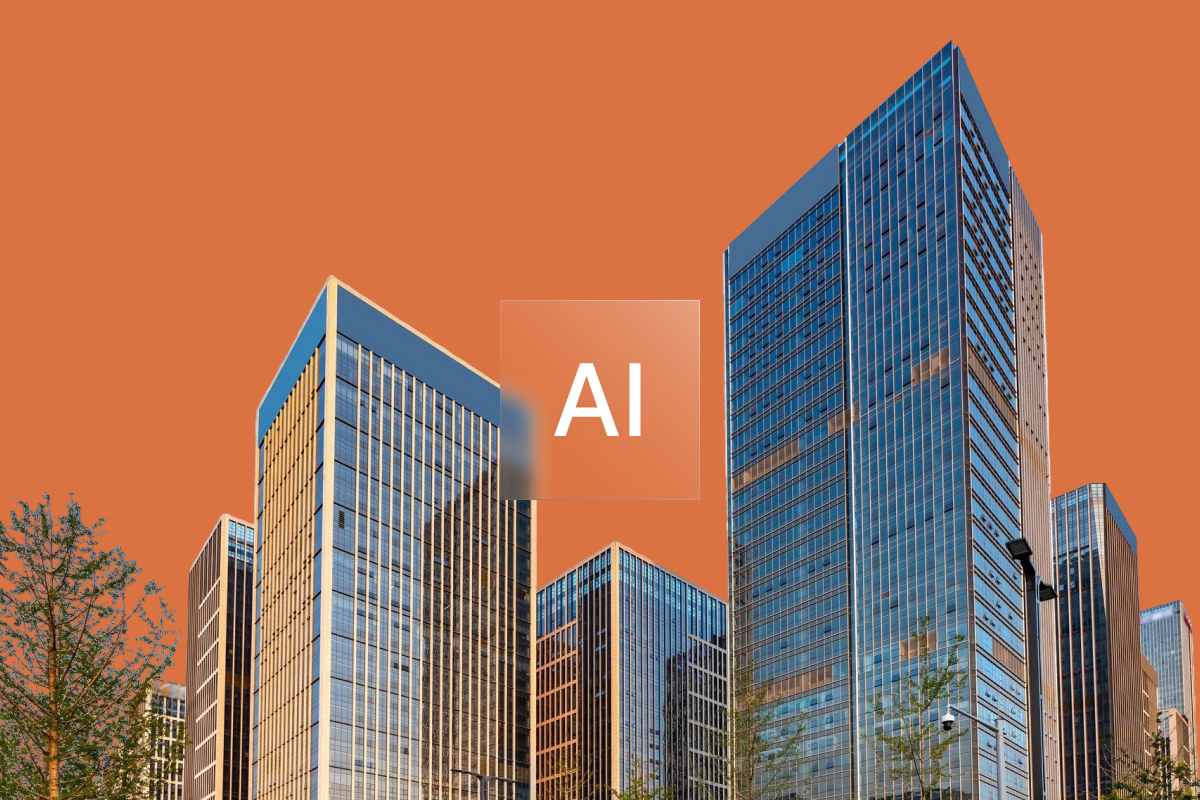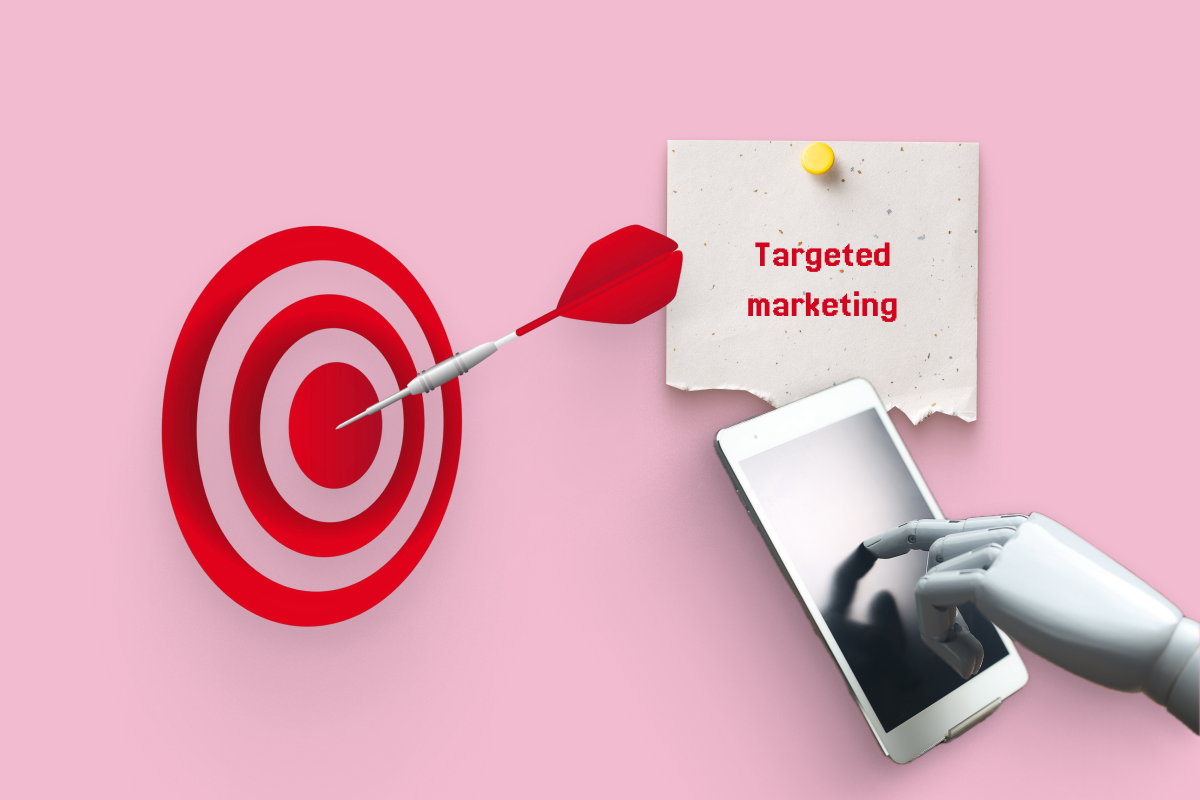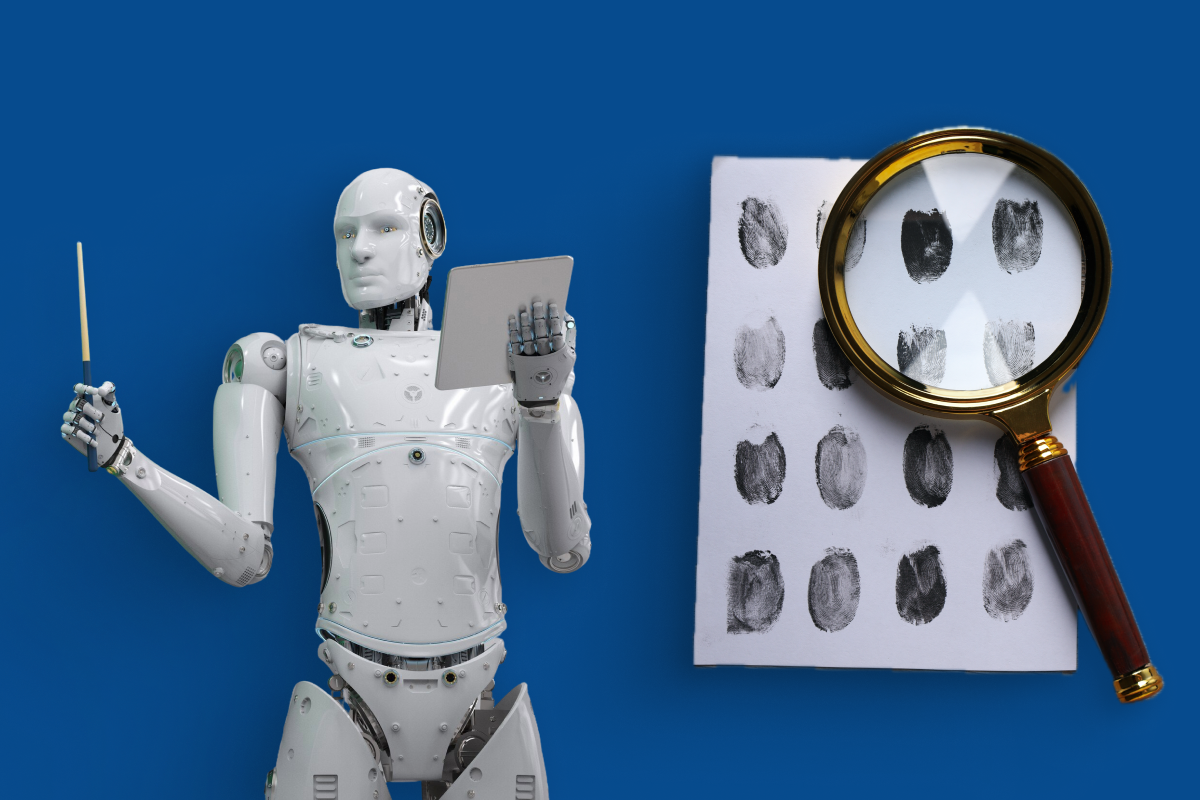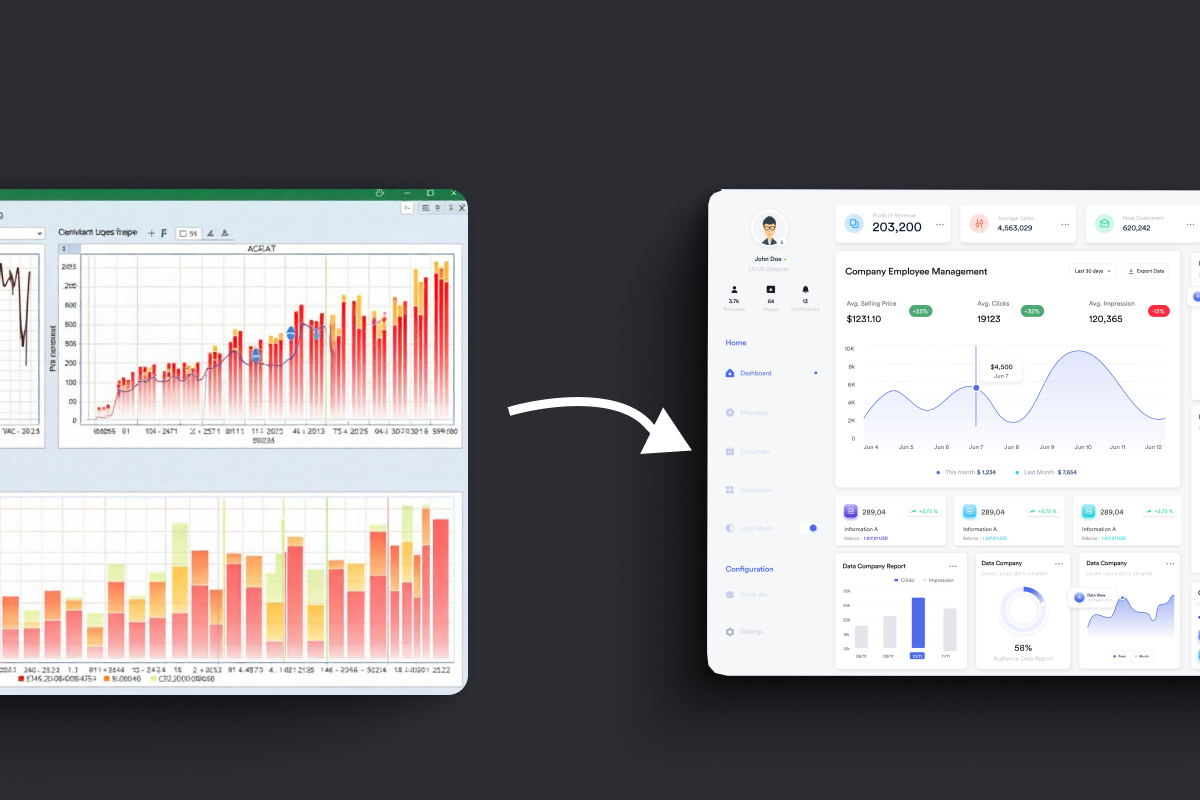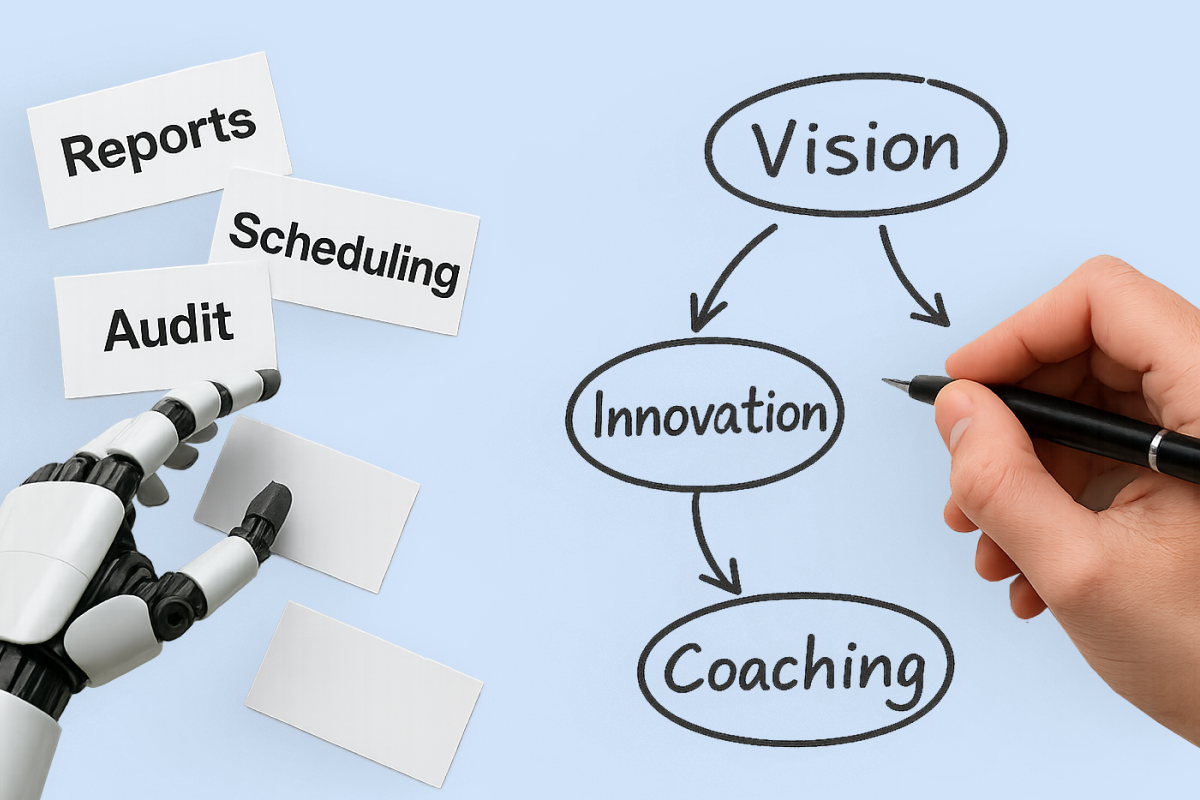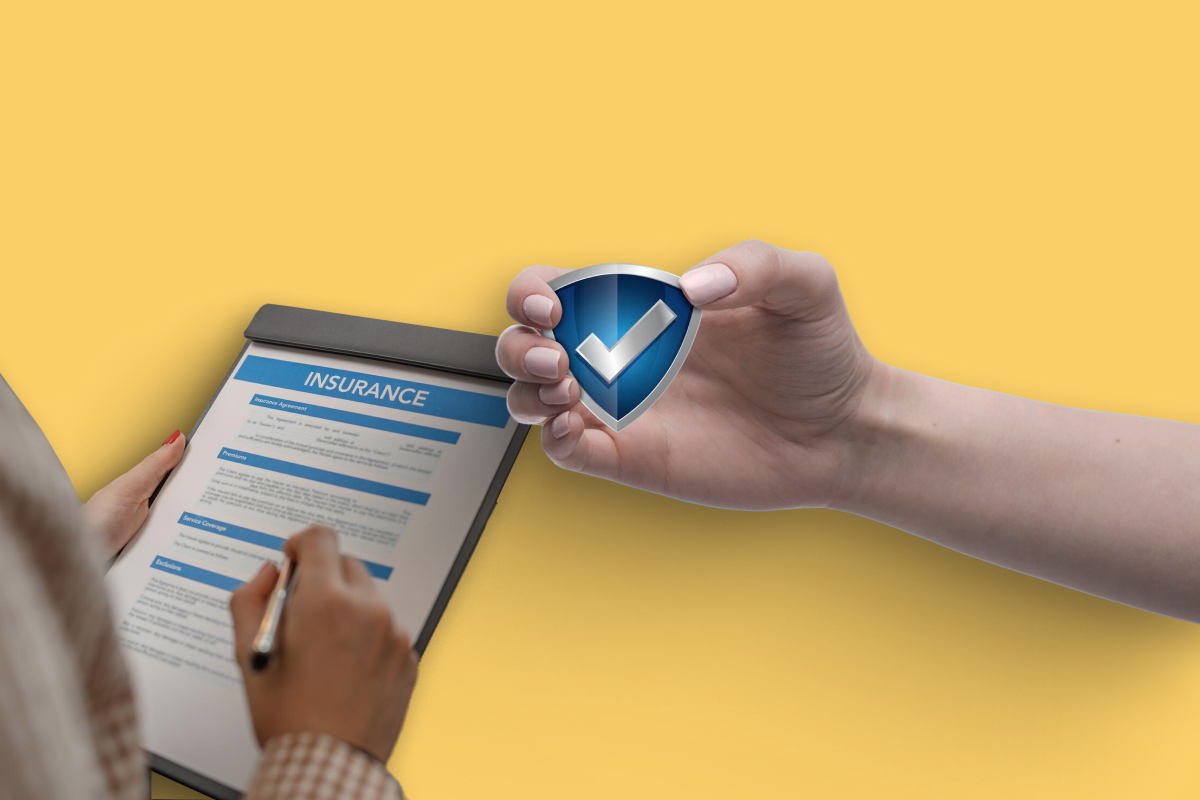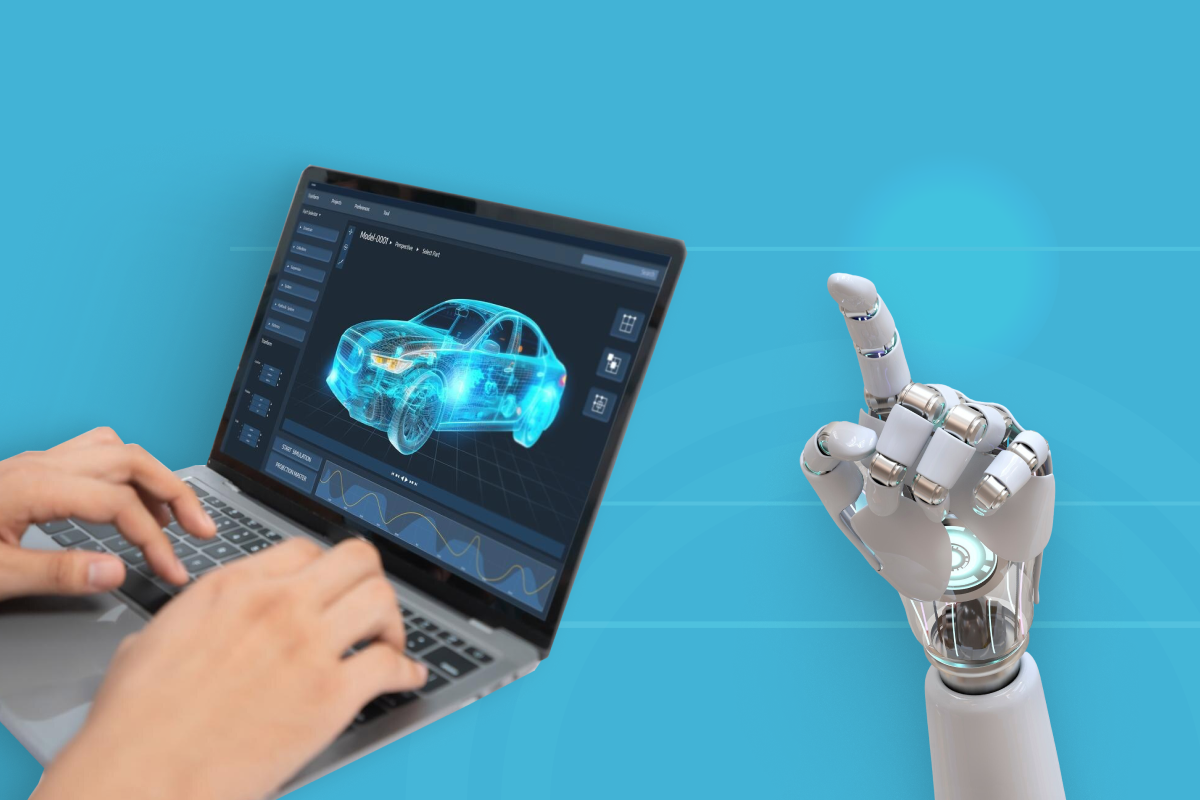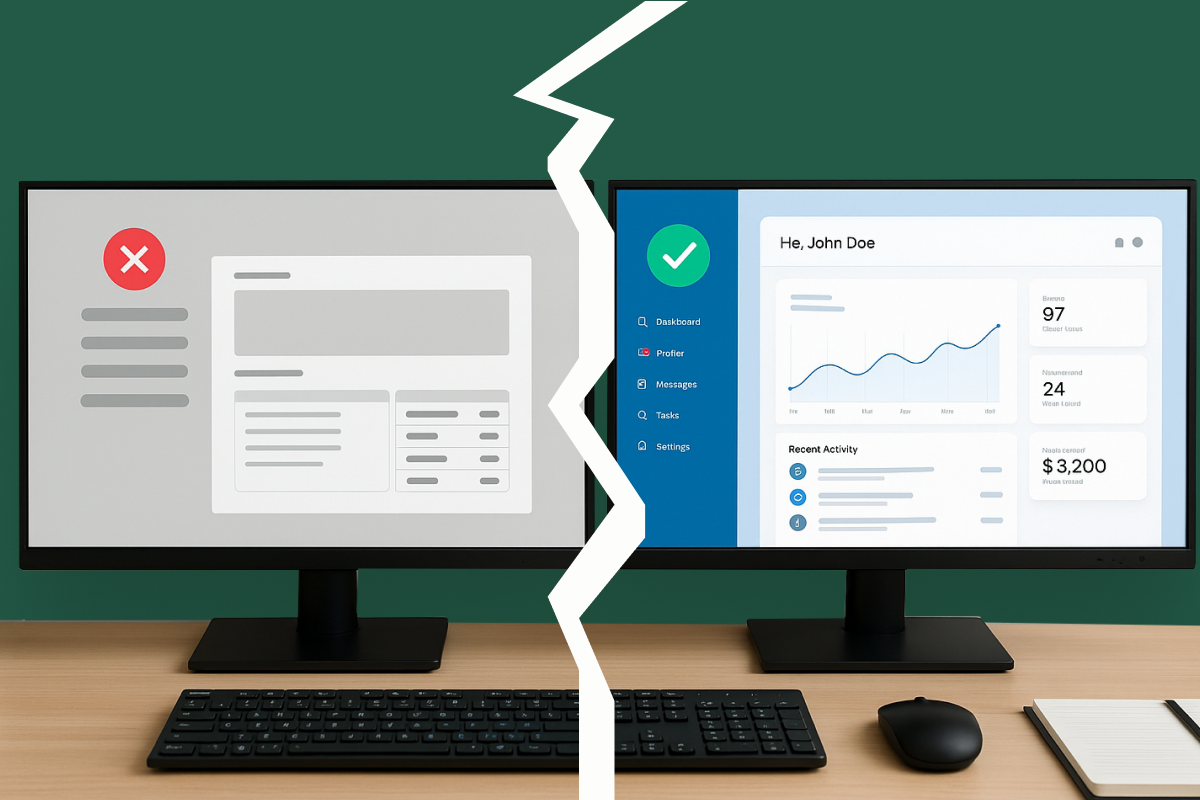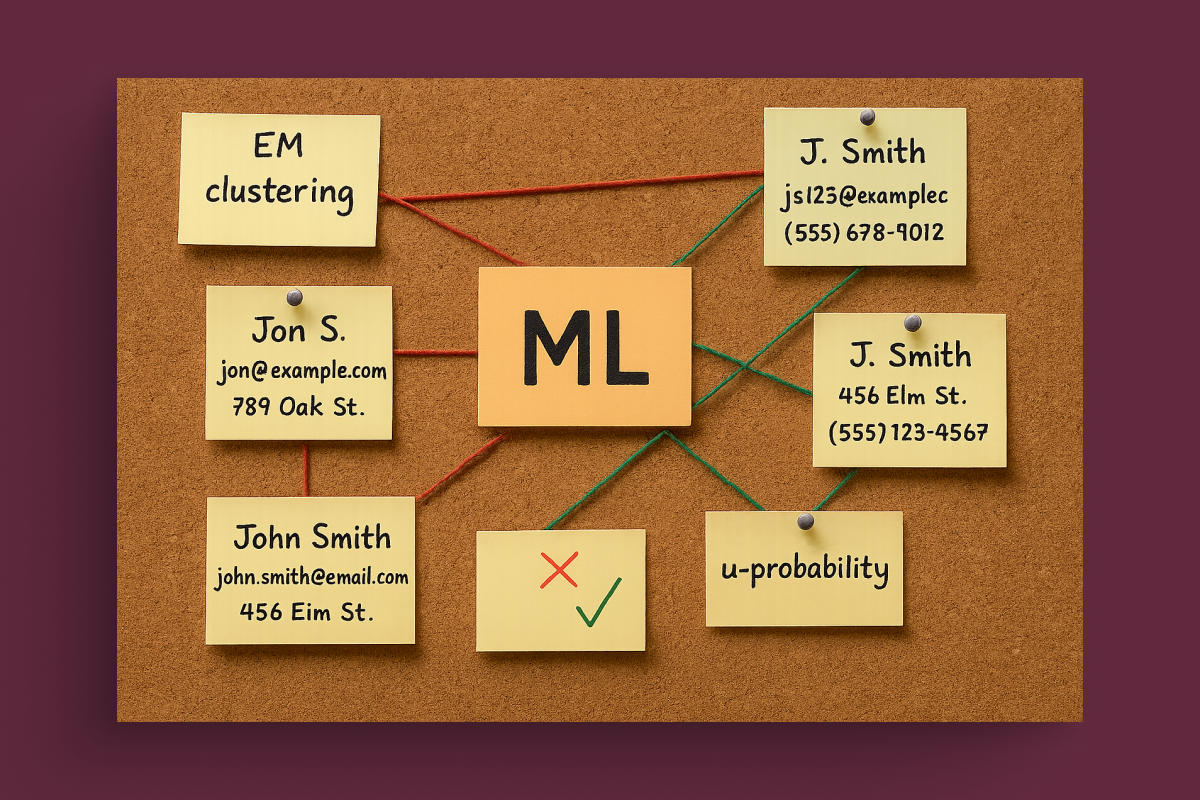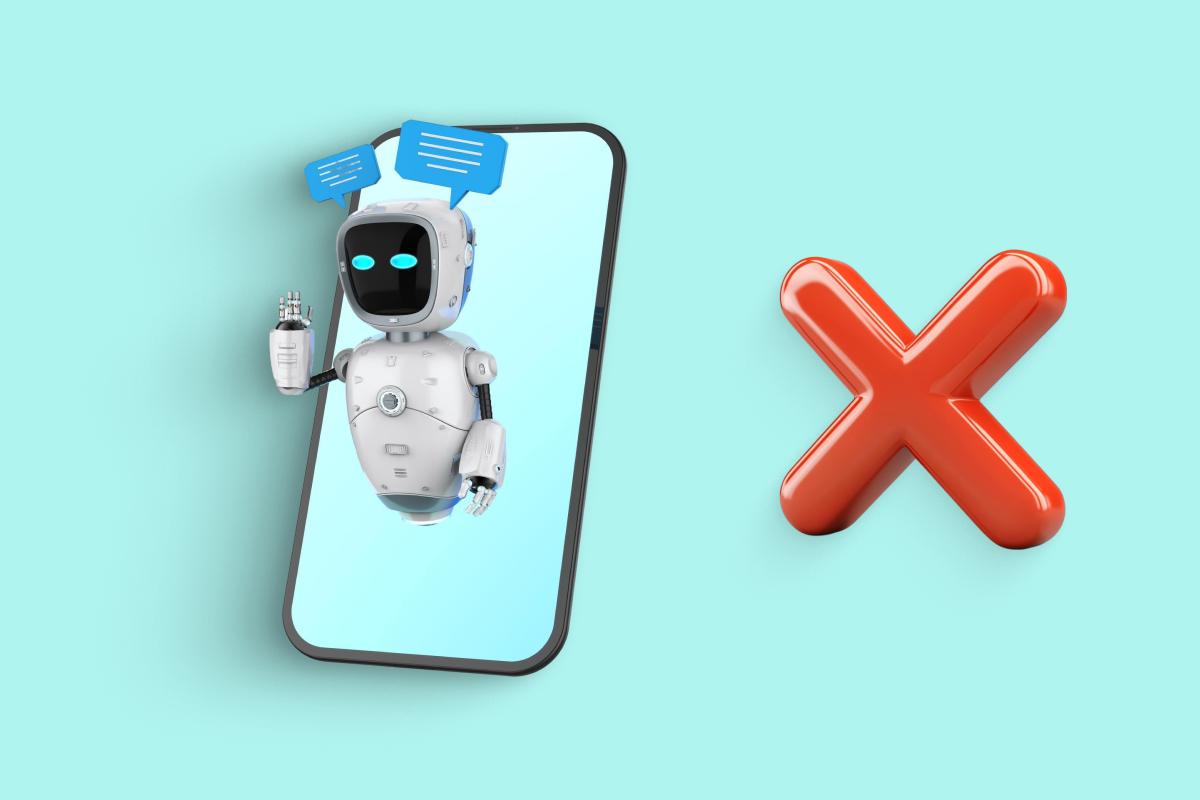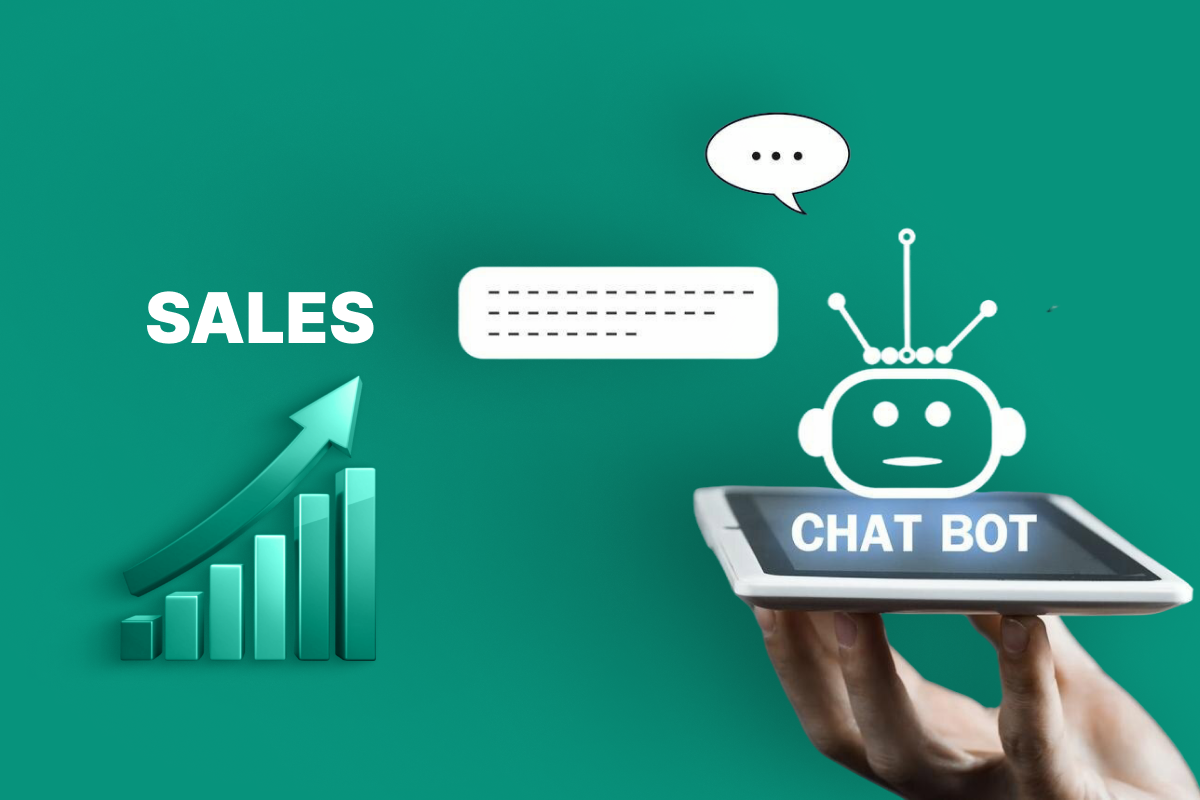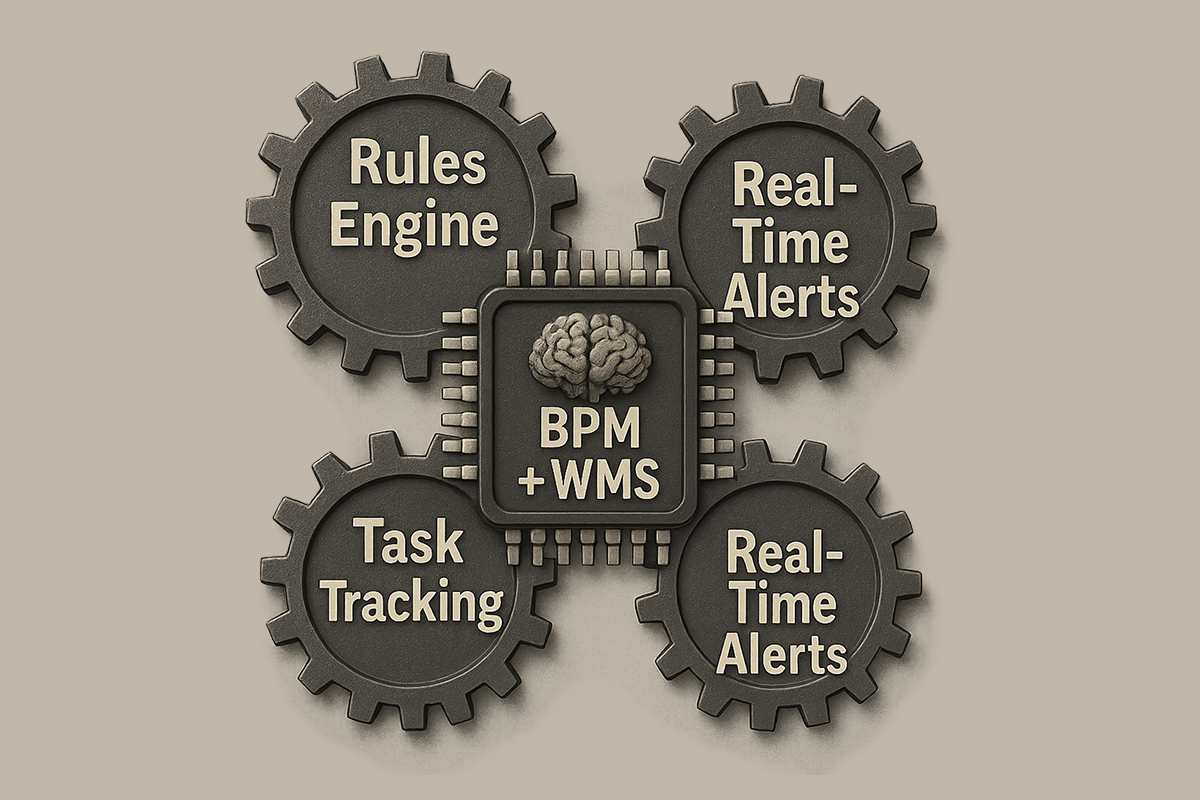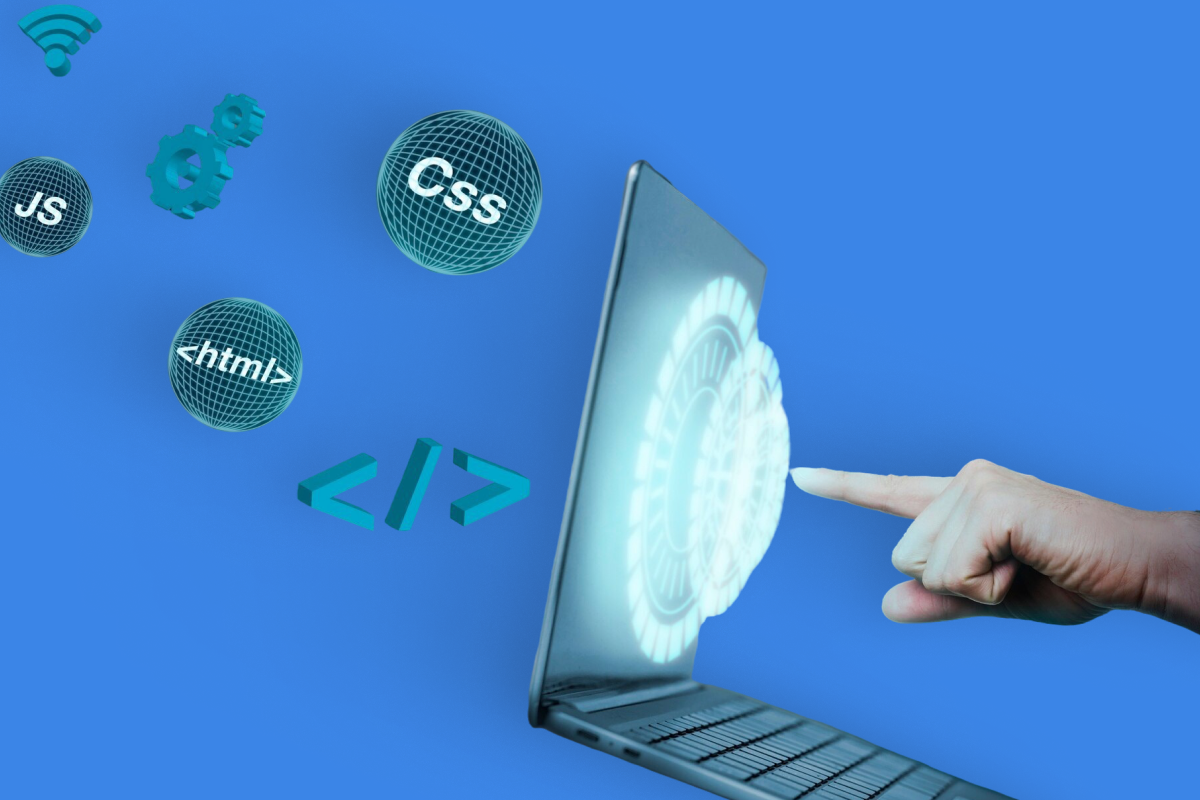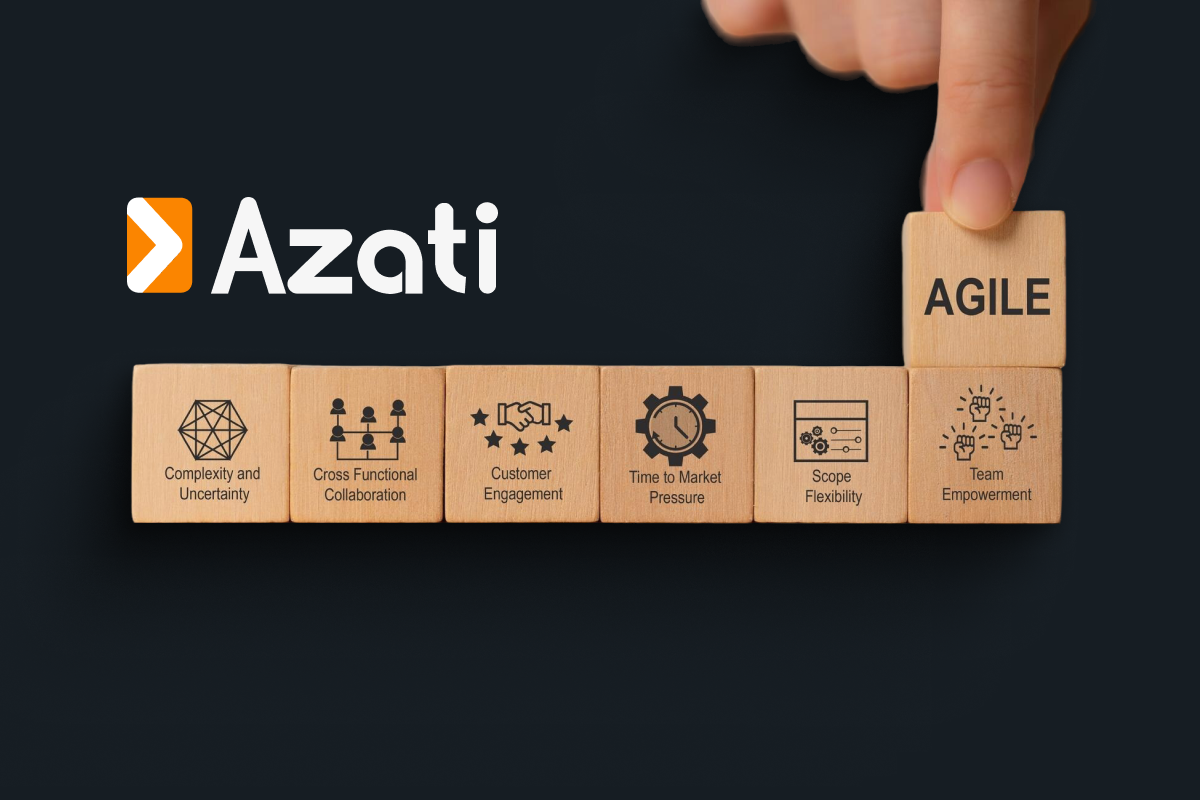Many companies all across the globe suffer from the routine work with documents. For businesses in various industries documents tracking, management and storage is the key to success. It means, if you want to survive in this extremely fast changing world you need to optimize business processes related to document management.
So, it is not hard to imagine the situation in the huge law firm, where all legal documents and forms are still “on paper”, not even digitized. Yeah, it sounds fantastic in 2018, but even in the US, UK, and Germany such companies still survived after the 2007-2008 financial crisis.
The only moment, such a workflow is normal for small companies: they simply can’t afford the document lifecycle management software. And there is no sense of changing the working business processes.
Even if huge players can afford to spend money on document process optimization, they also face several common issues when trying to integrate the external document lifecycle management system into the current workflow. After all, the end solution does not satisfy the majority of users and does not lead to business goals achievement.
Here come the logical questions: Is document lifecycle management such a difficult thing, that anyone can’t handle its integration? Is there a way we can improve existing document management processes to satisfy all customers? Let’s discover
Today we briefly cover:
- What is a Document Management System (DMS)?
- What do we know about Document Lifecycle Management Systemand why it is the successor of Document Management?
- Why you might think about Document Lifecycle System integration to your business
Interested? Keep on reading!
What Is The Document Management System?
According to Wikipedia: Document Management System is the software application (the group of applications – system) that helps to track, manage and store various documentation. It sounds simple enough.
The main problem over here, people do not understand what stands behind the term – document management system. In fact, every document management system is the enterprise software solution and vast physical infrastructure that costs a significant amount of money each day.
That means, for the majority of small companies it is simply unaffordable to use external document management providers and the solutions they offer. So companies prefer to develop their custom applications with the outsourced vendor or use a bunch of different software products, not integrated into the whole robust solution.
Yeah, it makes workflow slightly more accessible, but does not provide satisfaction to the users, and do not fully help to achieve business goals and deliver.
Another problem small companies face during custom DMS development is deadlines disruption and poor business analysis capabilities. Even the most reliable vendors can disrupt the deadlines, especially if the project is related to workflow optimization. After all, it means that companies develop their custom solutions for years. And the system is not even close to being finished. A lack of business analysts leads to the often system recasts. It increases the number of time needed to complete the project.
Knowing the information below, we can’t say that it is easy and fast to develop a custom document management system.
However, is the Document Management System the real thing we should care about, or is there already a successful successor? Let’s figure it out.
What Do We Know About Document Lifecycle Management?
Document lifecycle management is the comparably new term, and you probably even can’t find the definition on the web. We will give you a small and straightforward explanation to talk in the same language.
Document lifecycle management is close to general document management. It includes the same features, as well as document digitization, generation, text recognition, sharing, and etc.
The main features of the DMS are widely known. Let’s have a closer look at several additional features that make document lifecycle systems (DLS) different.
Document digitization:
Yeah, the document lifecycle management software can digitize documents from scan or photo. There are some moments with the hand-written text analysis – it is not as easy as you may think. Nevertheless, we can solve it to make the system understand the hand-written text.
Document generation:
Document generation approach is different from the one in the document management system. The system can recognize the zones of the document and extract the data and build the new one according to the multiple templates.
Document sharing:
Document sharing is the business process that became essential for various companies with the help of many messengers like WhatsUp and Viber. Unfortunately, it is not safe enough to match enterprise cybersecurity guidelines. This way, the modern document lifecycle systems provide unique QR codes, that are private links to download files only by the specific person.
These features are not the only that make Document Lifecycle different from the regular Document Management, but probably the most obvious ones.
Why Your Business Might Be Interested In The Document Lifecycle Management System Development?
Document Lifecycle Management Software has several benefits for every type of business: no matter if you are using the document management software or not.
Is it worth switching from a document management system to the document lifecycle system? Basically, it depends on your business situation.
For some companies that are not fully satisfied with the existing document management solution, you probably should try. Usually, document lifecycle systems are fully customizable and can be applied to almost any, even the most complex workflow. Fine, if your employees already have the experience with document management systems. It will take less time to adapt to the new software solution.
If you have not ever used document management software, so your employees will be quite impressed with the functionality the system can offer. It is worth a try, and you won’t be disappointed.
If there is a situation, when your company develops its own solution, we can recommend you to take a break and have a closer look at the demos that vendors usually provide. It will help you to understand better what functionality should present in your “perfect” document management application.
Conclusion
At Azati we are working for about a year in a partnership with the huge European company who developed the document management system. First and after that improved it with document scanning, recognition digitization, and other impressive features.
The document lifecycle management system consists of several applications/solutions that are easily integrated into the complex and robust solution. All applications are fully modular and have private enterprise-grade code bases without third-party licenses.
Modular architecture makes it possible to customize the applications (system units) for the single customer: pay for the functionality you use and disable the unnecessary. Moreover, modular architecture makes the document lifecycle system affordable for small law firms and local businesses.
The lack of third-party licenses and securely encrypted data transfer ensures personal data to stay private. So nobody else can access it, and we as a provider are entirely responsible for the data you trust us.
It is simple enough to start using the system from the very beginning. After you make the photo of the document, the system securely transfers it to the cloud servers. Then the PDF generation system process the photo. After the PDF generation and digitization, the system extracts the data from the PDF and creates the editable online document according to the various templates. The online editor is similar to the Foxit PDF Editor, but in the browser: accessible from everywhere and every device.
Well, previously we were talking about small and medium-sized companies. But the document lifecycle system already in use by the market leaders like AON, Allianz, BMW, and Deutsche Bank. So we can apply it to almost every company in different industries: from local business to large enterprise due to flexible pricing.
Ready to modernize your business with smart document lifecycle management? Contact us today for a free demo and see the system in action!
